|
Labor Day has come and gone, and we have flipped the calendar page to September. However, summer isn’t officially over until September 22nd. We still have more beach days, picnics, grilling, outdoor concerts, and summer sunsets to enjoy! With that in mind, here are four wines that will take you through the end of summer, into the fall, and even winter! Moser 51.151 Trentodoc Brut Sparkling Wine NV Moser Winery, located in Trentino, Italy, was established in 1979 by Diego and Francesco Moser. Today, the winery is run by third-generation Carlo and Matteo, who combine family traditions with innovative and modern winemaking techniques. Moser winery sits among the Dolomites in the Trentodoc appellation, with vineyards benefiting from micro-climates and diurnal variations. This sparkling wine is produced in the Metodo Classico method, with 100% Chardonnay grapes grown on limestone soils in the Trento DOC Bianco appellation. Secondary fermentation and aging occur in bottle for 15 months on the lees. Nose: Floral, apples, citrus zest, white stone fruit, and baked croissant. Palate: A crisp and lively wine with fine perlage and notes of minerality, sapidity, and a touch of lemon zest on the finish. Alcohol: 12.5% SRP: $23 Pairing suggestions: Enjoy as an aperitif or with light appetizers, seafood, mushroom risotto, and dessert. Bolla Pinot Grigio Delle Venezie DOC 2023 Bolla Winery was founded in 1883 by Alberto Bolla in Soave. In 1931, he opened a winery in Pedemonte, a town in the province of Vicenza, Veneto, Italy. And in 2006, Gruppo Italiano Vini purchased the company. In 2016, Pinot Grigio attained DOC status in the geographical area of Veneto, Friuli-Venezia Giulia, and Trentino for the production of Pinot Grigio Delle Venezie DOC. The DOC Delle Venezie covers almost 28 thousand hectares of vineyards, encompassing the entire northeast area of Italy! The grapes for this 100% Pinot Grigio are sourced from hillside vineyards in Delle Venezie. Nose: White stone fruit, citrus, green apple, and melon. Palate: Light with crisp acidity, minerality, and hints of melon and peach lingering on the finish. Alcohol: 12% SRP: $11.99 Pairing suggestions: Enjoy as an aperitif or with seafood (especially oily fish) or shellfish. Also, white meat, light pasta, salads, and vegetable risotto pair nicely. Avivo Rosé Wine 2023 Avivo Wines is led by Ridgely Evers, Founder & CEO, and Daniel Fitzgerald, Director of Winemaking and owner. Their mission and goal is to make “clean wines.” They are committed to transparency and regenerative agriculture that reaches beyond sustainability in the vineyard and winery. In addition, AVIVO packages its wines in lightweight glass and uses Nomacorc Ocean corks made from recycled marine plastic waste. The blend for this rosé is 95% Sangiovese and 5% Syrah. The grapes are sourced from Ledbetter Family Vineyards in Lodi, CA. Fermentation took place in neutral oak and was aged in neutral French oak barrels for five months. Nose: Floral notes, red berries, vanilla, and a dash of citrus. Palate: Expressive! Dry, racy acidity, raspberry, melon, and a touch of cherry and pepper on the finish. Oh my! Alcohol: 12.8% SRP: $24 Pairing suggestions: Enjoy as an aperitif or with appetizers, seafood, crab quiche, light pasta, or grilled chicken. San Pedro 1865 Selected Vineyards Carmenère 2019 Viña San Pedro is situated in Maule Valley, Chile. It was founded in 1865, hence the name of the wine. Today, it is one of the largest and oldest exporters of Chilean wine. The grapes for this 100% Carmenère were sourced from San Pedro’s vineyards in Pencahue in the Maule Valley, and production took place at their Molina Winery in the Curicó Valley, 200 km south of Santiago. After fermentation, the wine was aged 12 months in French oak barrels (90%) and American oak (10%). 20% of the barrels were new. Nose: Intoxicating notes of dark fruit, cherry, baking spice, herbs, and pepper. Palate: Smooth tannins, rich and savory, with juicy blackberry and cherry leading the parade, followed by a hint of plum and a grand finale of cherry fusing with subtle herbs and pepper on a long finish. Alcohol: 14.5 % SRP: $20 Pairing suggestions: Get the grill going and enjoy this wine with seared tuna, steak, and fowl. Or serve with hearty stews, pasta, charcuterie, or cheese boards. Cheers to embracing the last few weeks of summer and looking forward to a stellar autumn! Until next time…
Cheers! Penina To leave a comment or if you have an inquiry, please contact me at [email protected] What happens when you pair a Riesling with Kama pudding? The palate explodes with a profusion of flavors while reveling in a virtual trip to Germany, Estonia, France, the Netherlands, and Belgium! How is this possible, you might ask? Read on, dear friends, and find out! Thanks to chef Adriana Urbina’s delectable Estonian Kama pudding recipe and Ernst Loosen, a wine producer whose Riesling is featured in this article, the stage is set for a magical pairing. The Wine Ernst (Erni) Loosen is the owner and 5th generation of the Dr. Loosen estate, which has been in the same family for over 200 years. Erni is considered one of the most iconic and influential Riesling producers in the world today. Since taking ownership in 1988, the estate has grown substantially. The Dr. Loosen estate is located in the village of Bernkastel in the heart of the Mosel Valley in Germany. With vines that are up to 140 years old in his best sites, Erni has transformed the vineyards by restricting crop size, prohibiting chemical fertilization, demanding strict fruit selection, and gentle cellar practices. All of the estate’s ten major vineyards are designated as Grosse Lage (grand cru). The prevalent soil types here are blue slate, red slate, and red volcanic sandstone. Dr. Loosen Erdener Treppchen GG 2018 Due to the iron-infused, red slate soil in the Erdener Treppchen vineyard, these wines are muscular and complex, with an intense mineral finish. The vineyard is so steep that a long time ago, stone steps were built into the hillside to help workers reach the vines. This wine is kept on the full lees for one year before bottling, allowing for greater texture. Although this is a dry wine, the juiciness of Riesling comes through, delivering white peach, citrus, green apple, and lots of minerality and crisp acidity. Erni says, “Old vines, steep slopes, red slate soil combined with winemaking techniques from over 100 years ago help make this wine truly unique; racy and mineral, but still balanced with a juiciness that makes you want to have another glass.” And I couldn’t agree more! Alcohol: 12.5% SRP: $54 The Pudding Adriana Urbina is an acclaimed Venezuelan chef based in New York. Her background is in fine dining and farm-driven cuisine. This, combined with her knowledge in nutrition (she completed her studies in holistic nutrition and gut health at the Institute of Integrative Nutrition in New York City), is why Chef Adriana's cooking is focused on responsibly grown and sourced local produce. She is a three-time winner of Food Network’s “Chopped” and has worked in several Michelin-starred restaurants. Adriana recently shared one of her favorite recipes, Estonian Kama Pudding with dark Belgium Chocolate. The four ingredients were sent to me along with the recipe. Each carefully selected ingredient expresses the authenticity, quality, and sustainability of European produce. Kama flour from Estonia A versatile ingredient, Kama flour is typically made from a mixture of grains such as barley, rye, oats, and peas. The grains are roasted and ground into a fine powder, producing a nutty flavor and distinctive aroma. Miel de Provence PGI, Honey from France Ooh la la! You can taste the lavender in this delectable honey. There are also subtle notes of herbs and wildflowers. Beekeepers in Provence use traditional production methods specific to this region, which include strategically placing the beehives in areas with abundant wildflowers and herbs. Milk from the Netherlands Milk production in the Netherlands is a significant part of the country’s agricultural sector and cultural identity. Approximately 96% of the milk is delivered to dairy factories to be processed into products such as cheese, butter, and yogurt. Dark chocolate Organic, from Belgium. With a long history of chocolate-making dating back to the 19th century, Belgium is renowned for its high-quality chocolate. Dark chocolate marked with the EU Organic label is made using cocoa beans grown without synthetic pesticides or fertilizer. Adriana said, “I have an unwavering preference for Belgian chocolate due to its unparalleled richness and smoothness. Sourced from the finest cocoa beans and crafted with precision by Belgian chocolatiers, it lends an irresistible depth of flavor and luxurious texture to my desserts.” This decadent dessert is easy to make and worth the wait to chill properly (about two hours) in the refrigerator. The use of parfait glasses or small ramekins makes for a festive presentation. If you would like the recipe, please email me at [email protected] Although this dessert and the Riesling are delightful to enjoy on their own, together, they forge an unforgettable treat for the palate! The Riesling’s natural high acidity and essence integrate beautifully with the pudding’s distinctive flavors, culminating in a graceful dance for the palate!
Until next time… Cheers! Penina To leave a comment or if you have an inquiry, please contact me at [email protected] As you might know by now, I don’t need a particular reason to open a bottle of wine, regardless of the price tag. I’m all about celebrating “just because” moments! So, whether you’re in the mood for bubbles or still wine, these wallet-friendly and easy-drinking wines are an excellent addition to keep in your refrigerator for your “just because” moments! Occasionally,, I review new vintages of my favorite wines from producers I have written about in the past. And so it is with Pasqua Vigneti é Cantine, who always pleases my palate with their expressive and memorable wines. Still Wines Pasqua “11 Minutes” Rosé Trevenezie IGT 2023 Founded in 1925, this family-run business is located in Verona, Italy. and is led by third-generation Pasqua brothers Riccardo and Alessandro. The company has complete control over approximately 741 acres of vineyards (1/3 is estate-owned), stretching from Lake Garda to Soave. This wine is a unique blend of sustainably grown grapes sourced from Lake Garda. The blend is 50% Corvina, 25% Trebbiano di Lugana, 15% Syrah and 10% Carménère. It is called “11 Minutes” because after harvest thes grapes are gently pressed, and with only 11 minutes of skin contact, the most noteworthy qualities of the grapes are extracted, and the color is obtained. The bottle is an unusual and eye-catching oval shape, with an alluring photo of Lesbia seen through the front label. Nose: Lovely floral notes, red berries, citrus, and a hint of herbs. Palate: This is a fresh and inviting rosé with wild strawberries, spice, vibrant acidity, and a touch of pink grapefruit on the finish. Alcohol: 12.5% SRP: $18.99 Pairing suggestions: Enjoy as an aperitif or serve with grilled fish, seafood, risotto, or salads. Veramonte Chardonnay 2022 Viñedos Veramonte is an organic estate established over 25 years ago, and it sits at the extreme eastern end of Chile’s Casablanca Valley. The Veramonte vineyards are located in both Casablanca Valley and Colchagua Valley. Organic grapes for this 100% Chardonnay are sourced from Casablanca Valley. Part of the wine is barrel fermented in neutral oak with wild yeasts for about eight months, and the rest in stainless steel tanks. Nose: Floral, white stone fruit, citrus, minerality, and a hint of mint. Palate: Aromas segue onto the palate with subtle oak notes, nice acidity, lemon drops, and a touch of salinity. This is a fresh and lively wine. Alcohol: 14% SRP: $13.99 Pairing suggestions: Serve as an aperitif or pair with appetizers, seafood, grilled salmon, veggies, and pizza. Sparkling Wines Valdo Marca Oro Valdo was founded in 1926 by the Societa Anonima Vini Superiori and purchased by the Bolla Family in 1938. “Over 90 years of continuous innovation with an ongoing quest for quality and devotion to respecting the vineyards & wine-making traditions of the region has helped to secure Valdo’s position as one of the leading and most trusted Italian wineries specialized in Prosecco and sparkling wines.” (Valdo quote) Sparkling wines labeled Prosecco DOC (Denominazione d’Origins Controllata) come from nine provinces between Veneto and Friuli-Venezia Giulia. What is considered to be the best quality Prosecco comes from the Treviso province, especially the area between Valdobbiadene and Conegliano, a hilly area that is the home of Prosecco Conegliano Valdobbiadene Superiore DOCG (Denominazione d’Origins Controllata e Garantita) The Valdo winery is located at the foothills of the “pre-alps” around Treviso in Valdobbiadene, the heart of Prosecco DOCG.with vineyards in the DOCG and DOC appellations. Valdo Marca Oro Prosecco DOC Rosé Brut The grapes for this sparkling wine are sourced from the Prosecco DOC appellation in Veneto, Italy. It is 90% Glera and 10% Pinot Noir and produced using the Charmat Method. Nose: Lovely floral notes with pear, sweet apples, and red berries. Palate: Persistent and fine bubbles with aromas that segue onto the palate. Bright acidity and a creamy mouthfeel add to a long and refreshing finish. Alcohol: 11% SRP: $15.99 Pairing suggestions: Enjoy as an aperitif or serve with fish, pasta, salads, grilled chicken, or dessert. Valdo Marca Oro Prosecco DOC Brut The grapes for this 100% Glera sparkling wine are sourced from the Prosecco DOC appellation in Veneto, Italy. It is produced and aged using the Charmat method, followed by one month in the bottle. Nose: Floral bouquet with green apples, white stone fruit, and hints of citrus. Palate: It has ersistent and fine bubbles with crisp fruity notes, lemon, and a touch of melon. It has excellent structure and is a fresh and lively wine! Alcohol: 11% SRP: $14.99 Pairing suggestions: Enjoy as an aperitif or serve with Asian cuisine, grilled fish, crab quiche, or turkey burgers. FIOL Prosecco DOC Rosé 2021 FIOL (pronounced FEE-yol) means “son” in Venetian dialect and “chap” in English. FIOL was founded in 2011 by Gian Luca Passi and co-founder Giovanni Ciani Bassetti. They are childhood friends who grew up surrounded by Prosecco. “Most local winemakers have been drinking sparkling wine for 50 years and need an extraordinarily strong bubble to really feel it. We wanted something gentler, more subtle, more fruity.” says Gian Luca Passi.” This rosé is made with 85% Glera and 15% Pinot Noir sourced from Prosecco DOC appellation. The Charmat method was used for production. Nose: White flowers, red berries, and citrus.
Palate: Persistent and creamy bubbles with raspberry, strawberry, lemon, and a touch of salinity. Simple, balanced, and elegant, with persistent bubbles to the last drop! Alcohol: 11% SRP: $22 Pairing suggestions: Serve as an aperitif or enjoy with seafood, grilled fish, chicken, salads, lobster rolls, or mushroom risotto. The above wines are perfect to enjoy this summer and all year round! Pop a cork and indulge in a “just because” moment! Until next time… Cheers! Penina To leave a comment or if you have an inquiry, please contact me at [email protected] Bastille Day is celebrated in France every July 14th, and in many French-speaking regions worldwide, including the USA. The French also refer to this day as “Le Quatorze Juillet” (the 14th of July) or “La Fête Nationale” (the National Day) On July 14th, 1789. a group of revolutionaries stormed the Bastille prison in Paris, marking the start of the French Revolution. The Bastille was a symbol of the tyrannical rule of the Bourbon monarchy. Without going into a detailed history lesson, suffice it to say King Louis XVI and his wife Marie Antoinette were overthrown, ending the “Ancien Régime.” The Bastille prison was torn down by the order of France’s new revolutionary government, with the last stone removed in 1790. King Louis XVI was publicly beheaded on January 21st, 1793, making him the only French king to ever be executed. Marie Antoinette met the same fate at the guillotine on October 16th, 1793. Although it was a violent time, Bastille Day is celebrated in France with parades, fireworks, food, wine, and dancing. And even though I never need a reason to pour a glass of wine, it’s a perfect time to open a bottle of French wine and toast Bastille Day! Here are three wines that will tickle your palate on Bastille Day or any day of the year! C’EST LA VIE Pinot Noir-Syrah Pays d’Oc IGP 2020 This brand was created by Maison Albert Bichot. The Bichot family was established in Burgundy in 1350. Founded in 1831, Domaines Albert Bichot currently owns six estates throughout Burgundy. This wine is a blend of 60% Pinot Noir and 40% Syrah, with grapes sourced from the Languedoc-Roussillon. It is vinified and finished in stainless steel. Nose: Floral notes, red berries, and a hint of spice. Palate: Vibrant and smooth with strawberry, raspberry, ripe cherry, and a dollop of spice. Alcohol: 13% SRP: $13 Pairing suggestions: Enjoy on its own or with grilled fish, meat, cheese, and light bites. Slightly chilled on a hot day, this wine is quite refreshing. Trenel Beaujolais Cuvée Rochebonne AOP 2021 Maison Trenel was founded in 1928 by Henri Claudius Trénel and is in the heart of the South Burgundy and Beaujolais wine regions. The grapes for this 100% Gamay are sourced from the regional appellation “Beaujolais,” east of the “Pierres Dorées” area, on three parcels east-oriented and facing the Mont Blanc. The wine is aged for five months in cement tanks and is unfined and lightly filtered before bottling. Nose: Fruity aromas, red berries, cherry, spice. Palate: Aromas segue onto the palate with crisp and juicy notes of strawberry, raspberry, cherry, and a touch of pepper lingering on the finish. Alcohol: 12.5% SRP: $21 Pairing suggestions: Soft cheese, cheese tarts, quiche, fish stew, seared tuna, and roasted chicken. La Perrière Mégalithe Sancere 2016 Saget La Perrière is a family-run company in the Loire Valley, France. With 890 acres of vines in the finest appellations and six estates, it carries on the tradition of nine generations dedicated to producing fine wines. The estate’s 106 acres of Sancerre vineyards (Sauvignon Blanc grapes) are in the Bannay, Verdigny, Saint-Satur, Crézancy, and Vinon districts. Megalithe is the icon wine of Saget La Perrière. The first vintage was produced in 1998. The goal of Megalithe is to showcase the beauty of aged Sauvignon Blanc. The grapes are hand-harvested, and “after a gentle pressing, 40% of the must is fermented in new 300-liter oak barrels from Allier. The wine stays in barrel for eight to nine months, and the lees are stirred regularly to give the wine weight and complexity. To preserve the character of Sauvignon, the other 60% of the must is vinified and matured with particular care in steel vats.” Nose: Elegant and complex aromas of honeysuckle, apples, apricots, stone fruit, vanilla, and a touch of flint. Palate: Rich texture with a beautiful balance of salinity and ripe fruit. This wine has so much character! Alcohol: 12.5% SRP: $45 Pairing suggestions: Enjoy as an aperitif or with lobster, seafood, goat cheese, and salads. Until next time… Joyeux jour de la bastille!
Cheers! Penina To leave a comment or if you have an inquiry, please contact me at [email protected] It’s time to wine and dine! So, fire up the grill and toss on your favorite meat or tuna steak. I have two delicious reds to pair with your feast! A few months ago, I reviewed a delectable Sauvignon Blanc from Oberon Wines, part of the Michael Mondavi Family portfolio based in Napa Valley, CA. The head winemaker for Oberon Wines is Tony Coltrin, a lifelong resident of Napa. With over a half-century of winemaking experience, Tony knows every expression of the valley and, specifically, which sub-zones produce exceptional classic Bordeaux grapes, including the Paso Robles wine region. Tony’s enduring relationships with growers throughout Napa Valley are the very essence of Oberon’s quality and consistency. Tony selects top-quality fruit year after year from the finest wine-growing regions throughout Napa Valley and Paso Robles. A short time ago, I received samples of Oberon’s Napa Valley Merlot and Paso Robles Cabernet Sauvignon, two noteworthy wines. Oberon Napa Valley Merlot 2021 The grapes for this Merlot were sourced from Napa’s renowned Oakville district. Oakville lies on the valley floor in the heart of Napa. The deeper, well-drained alluvial soils in the vineyards, along with the perfect balance of cool mornings and warm afternoons, make this the ideal location for growing Bordeaux varietals. In addition, Tony sources Syrah and Zinfandel in small lots specifically for this blend as they merge well with the Merlot and bring out the rich character of this expressive Oakville fruit. It is aged 12 months in French oak barrels. Nose: Ripe berries, plum, and baking spice. Palate: Dark cherry, strawberry, and red plum, with a hint of cocoa and mild tannins. It is a vibrant and nicely layered wine. Alcohol: 13.9% SRP: $28 Pairing suggestions: Grilled meat, seared tuna, porcini risotto, and grilled veggies. Oberon Paso Robles Cabernet Sauvignon 2021 Tony created this Cabernet Sauvignon by sourcing grapes from a few distinct vineyards in Paso Robles, including Santa Margherita Ranch, originally planted by the Mondavis, and the San Juan Creek Ranch. The blend for this wine is 85.7% Cabernet Sauvignon, 9% Petite Sirah, and 5.3% proprietary red field blends. Tony said, “Layering fruit from these distinct Paso Robles ranches provides for a wine with greater complexity and a more dynamic flavor profile.” This wine was aged for 12 months in 45% new French oak. Nose: Floral, red berries, plum, herbs, and baking spice. Palate: Ripe dark berries, bing cherry, and a touch of thyme. Vanilla, dark chocolate, and candied fruit linger on a long finish. Alcohol: 13.7% SRP: $25 Pairing suggestions: Just about anything charred, seared or grilled will work! This wine is also a great sipper before or after a meal. Happy grilling and happy sipping! Until next time…
Cheers! Penina To leave a comment or if you have an inquiry, please contact me at [email protected] It is truly remarkable how a simple sip of wine can transport me to a different place and time. In 2022, I traveled to Alentejo, Portugal, with a small group of fellow wine writers. We had the pleasure of visiting 11 wineries, and meeting engaging winemakers. We tasted memorable wines, indulged in the local cuisine, and soaked up this small region’s rich history and culture. I wrote many articles about Alentejo before my visit and several articles after returning. So, instead of repeating myself about its eight sub-regions, terroir, and grapes, please click “Alentejo” on the Categories list to read about this fascinating region, its wineries, and grapes. Or jump to this article for a quick introduction. thewineknitter.com/the-journal/alentejo-a-magical-wine-region While in Alentejo, we visited the estate of Herdade Do Esporão, located in the Reguengos de Monsaraz DOC sub-region. Herdade do Esporão is one of the largest wine producers in Alentejo. They have over 450 hectares of vineyards with 194 grape varieties planted on the estate, of which 37 are in full production. In addition to the wine vineyards, there are four types of olive trees in the 80-hectare olive groves, along with orchards and kitchen gardens. All farming uses organic methods and integrated production. They began the transition to organic farming in 2008, and 11 years later received their organic certification. I recently received Esporão Reserva Red and White samples, which I also enjoyed tasting while visiting the estate. (I took both photos 11/2022.) Although the samples are different vintages with new label designs, these wines evoke fond memories of a great trip! Esporão Reserva White 2022 DOC Alentejo This wine is considered the flagship wine of the Esporão Alentejo estate. Grapes are harvested from 18 to 27-year-old grapevines in certified organic vineyards with soil of granite/schist base and loam/clay structure. It is a blend of Antão Vaz, Arinto, and Roupeiro grapes. It is aged six months in stainless steel tanks and new American and French oak barrels. Nose: Hints of white flowers, honeydew, white stone fruit, vanilla, and toasted notes. Palate: This wine is fresh and vibrant with a touch of tropical notes. Honeydew, pineapple, minerality, and lemon zest are playful on the palate. Alcohol: 13.5% SRP: $23 Pairing suggestions: Enjoy as an aperitif or with salads, grilled chicken, and sushi. Esporão Reserva Red DOC Alentejo 2021 Herdade Do Esporão first introduced this wine in 1985. It is a blend of Alicante Bouschet, Trincadeira, Touriga Nacional, Aragon, and Cabernet Sauvignon. The grapes are sourced from vineyards with organic farming certification and vines averaging 20 years of age. This wine is aged 12 months in new (20%) and old (80%) American oak and French oak barrels, and then a minimum of six months in the bottle. Nose: Violet notes, dark berries, plum, a hint of cherry, baking spice, and pepper. Palate: Aromas dance onto the palate with spice and slightly chewy tannins on the finish. It is very drinkable now, but I used my Coravin and look forward to tasting this again in one year. Alcohol: 14% SRP: $23 Pairing suggestions: Serve with grilled meat, pasta, grilled or sautéed veggies, or burgers and fries. The next time you want to travel to a particular wine region, start with a glass of wine and let your palate begin the journey! Until next time… Cheers! Penina To leave a comment or if you have an inquiry, please contact me at [email protected] Several years ago, I wrote an article about Jean-Luc Colombo Winery. Recently, I received two of their wines, which sparked a desire to revisit the winery and its story. Jean-Luc Colombo winery is located in the appellation of Cornas in the northern Rhône Valley, France. Cornas is the smallest appellation in the Rhône Valley, consisting of approximately 300 acres, and is dedicated to producing only red wine from the Syrah grape. The Mediterranean climate and decomposed granite soils contribute to the richness and character of these wines. In addition to producing wine from vineyards in the northern and southern Rhône Valley, Jean-Luc Colombo also produces wine from vineyards in Languedoc and Provence. As a child, Jean-Luc spent considerable time helping his mother in her restaurant in Marseille, where he was always surrounded by good food and wine. Growing up with a successful restaurateur, Jean-Luc developed a discerning palate for wine. With a passion for science, Jean-Luc received a pharmacy degree and combined his love of Syrah and science by creating a wine laboratory in 1984 with his wife Anne, Centre Oenologique des Cotes du Rhone. Jean-Luc quickly established himself as a wine consultant for wineries throughout the Rhône Valley, including many top domaines. The Colombo family purchased their first vineyard in the early 1980s, planted with old Syrah vines, overlooking the village of Cornas, and fulfilled Jean-Luc’s dream of becoming a winemaker and viticulturist. In 1987, he produced the first vintage of Cornas “Les Ruchets,” which became the flagship cuvée of the domain. Their daughter Laure is also passionate about wine. She received a Bachelor’s degree in Viticulture and Oenology in Bordeaux (and interned at Château Haut-Brion for one year). She followed it up with a Master’s degree in Oenology from the University of Montpellier. Laure also experimented with some vinifications in the southern hemisphere. At this point, she told her father and mother that she was ready, and she joined the family estate in 2010 as their winemaker. Bees are an integral part of the estate. The Colombo family began harvesting grapes and honey with their first vineyard, Les Ruchets, which translates to “the beehives” in French. In addition to time spent producing outstanding wines, the Colombo family also pours their hearts and souls into maintaining a safe haven and ensuring the longevity of the bee colonies. Through education, the elimination of harsh pesticides, and the planting of nutritious flora, the honey bees live in a fruitful and biodiverse landscape, contributing to the health of the grapes and terroir. Interesting facts: 1) Honey bees pollinate more than 90% of flowering crops – including many of the fruit and food items we eat – so they play a vital role in our food supply. 2) Honey bee colonies typically consist of only one queen bee, several hundred drones (male bees), and thousands of adult female worker bees. The colony also contains developing eggs, larvae, and pupae. Above photos of bee colonies and Laure are courtesy of the winery. Due to environmental factors, the Colombo family began to see a depletion in the honey bees’ local and global population, causing Colony Collapse Disorder. This disorder threatens bees’ crucial role in agriculture, as it causes adult bees to abandon their hives and fly off to die. The cause of this disorder is unknown, and it has spread to over half of the U.S. states, with similar reports in parts of Europe, Brazil, and Canada. So, the Colombo family, together with their U.S. importer, Taub Selections, united two great passions—winemaking and beekeeping—to develop the Bee Helpful Program. For every purchase of a bottle of Jean-Luc Colombo’s Les Abeilles (meaning The Bees in French) Côtes du Rhône white or red, a donation is made to the UC Davis Department of Entomology in support of their research to help restore healthy honey bee colonies. Jean-Luc said, “Living in the middle of the vineyards in Cornas, we have always made it a point to honor and preserve this environment and to work in harmony with nature. It is essential that vines, insects, and animals of all hairs and feathers coexist and thrive. For many years, “organic” methods have been applied to the vine, and Laure Colombo launched in 2012 the organic certification process for our estate (officially called ECOCERT in Europe), effective since the 2015 vintage.” Let’s taste some wine! Jean-Luc Colombo Côtes Du Rhône Blanc “Les Abeilles” 2022 This delightful wine is a blend of traditional white southern Rhône grapes, 80% Claudette, and 20% Roussane. The grapes are hand-picked and fermented in stainless steel tanks. The Claudette is aged in tanks, and the Roussanne matures in two to five-year-old oak barrels for six months. Nose: Floral, white stone fruit, citrus, apple, and a touch of minerality. Palate: Crisp and refreshing with notes of peach, pear, and sweet lemon on the finish. Alcohol: 13% SRP: $18.99 Pairing suggestions: Seafood, grilled chicken, quiche, and a summer pasta salad. Jean-Luc Colombo Côtes Du Rhône Rouge “Les Abeilles” 2021 AOC This wine is 60% Granache, 30% Syrah, and 10% Mourvèdre. The grapes are grown on 25-year-old vines in the AOC Côtes du Rhône appellation and hand-picked at harvest. Aging takes place in stainless steel tanks for ten months before bottling. Nose: Ripe red fruit, violets, purple plum, and a touch of licorice. Palate: Silky with notes of anise, dark berries, dark cherry, and a dollop of spice. Alcohol: 13% SRP: $18.99 Pairing suggestions: Jean-Luc Colombo says, “This wine is food-friendly and pairs with everything from roasted chicken, lamb, pork, charcuterie, to assorted cheeses – best enjoyed with a spoonful of honey.” Enjoy these wines while supporting the Bee Helpful Program. It’s a win-win situation! Until next time…
Cheers! Penina To leave a comment or if you have an inquiry, please contact me at [email protected] A short time ago, through Zoom, I, and several other writers spent a fascinating hour with James Marshall Lockyer, winemaker at Tenuta Licinia, and 3rd generation of this family-owned winery. Tenuta Licinia is a small winery at the foothills of the Tuscan Apennines near the village of Lucignano in the province of Arezzo. Today, the property has 60 hectares of woods, 6.5 hectares of vineyards, and 3 hectares of olive groves. In the early 1970s, James’s grandfather, Jacques de Liedekerke, who lived in Belgium, bought the property with an abandoned farmhouse and small vineyard. Jacque took on the restoration of the farmhouse, but as James said, “For the first 20-30 years, my grandfather really didn’t do much with the vineyard. He enjoyed wine but was not knowledgeable in winemaking. He grew up with old-school ideas of winemaking and didn’t understand Tuscan soil, geology, or what made a vineyard good or bad.” Over the years, Jacque learned more about the vineyard and subsoils and thought it might be worth replanting. So, in 2006, Jacques decided to replant the Sasso Di Fata vineyard as a retirement project. Because he was French-Belgium, and drank Cabernet Sauvignon, he decided to plant it. It took many years of tests, research, and many attempts, but by 2019, the wines began to assume the vineyard’s identity. In 2020, James arrived at Tenuta Licinia and took over what his grandfather had begun. James explained, “At the time, I was finishing my doctorate at Oxford University, focusing on foundations of ethics and sensorial value. About winemaking, James said, “I am semi-self-taught and guided by very good mentors and professionals. In addition, I did a few internships.” His doctoral studies proved to be helpful as a winemaker. “It motivated me to think carefully about what kind of wine I want to make, what truly matters in the wine I make, and what types of properties are relevant to making a high-quality wine.” What his grandfather had planted, half of the vineyard was decent, and the other half was great. For James, this introduced one of the many puzzles they’ve worked on for the last several years: understanding Tuscan subsoils. James said, “One of the difficulties with Tuscan subsoil is that it changes very quickly, every 30 -40 meters. As part of their project, they focus on identifying small and abandoned parcels and bring them back to high-quality production. “We are developing Sangiovese on the parcels we now find.” Regarding his grandfather’s planting in 2006, on one side of the hill is Sasso Di Fata, and on the other side of the hill is the Montepolli vineyard. James divided the vineyard based on the subsoils. James said that Sasso Di Fata has much more beautiful subsoil than Montepolli. James stated, “Sassa Di Fata subsoil is lime-slate, and the slate is paper thin. Slate is viable and roots can go right through it very quickly. This soil contributes to a much more beautiful grain of tannins, sophisticated aromas, and floral direction. Slate can give a savory/saline finality to the wine.' The Montepolli subsoil is a clay-limestone plot with a Merlot base. It is too “clayish” with certain defects. The tannins can be quite wide and massive, and the aromas and minerals can be quite reduced on this soil type.” James went on to say, “I have an old-school subsoil view, that subsoil is very central to making great wines. It’s the physical structure underground that is key. In addition to the soil, it is the drainage and temperature underground combined with root penetration, which is important.” We tasted three Tenuta Licinia wines. All the grapes are picked by taste, not by analysis, for the best maturity. In addition, the winery has been certified organic since the vines were planted, and they follow a biodynamic program in the vineyard. Sasso Di Fata IGT Toscana Rosso 2019 This wine is produced in the clos style, with the grapes sourced from a small vineyard with a specific subsoil, and therefore, the wine is only produced in extremely small quantities. The 2019 Sasso di Fata is a blend of Cabernet Sauvignon (70%) Cabernet Franc (25%) and Petit Verdot (5%). It is aged 16 months in second passage French oak Tonneau (500L). Nose: Fragrant rose petals, red berries, and spice. Palate: Beautifully balanced with red fruit, spice, licorice, and a hint of mint. Gentle tannins and a dance of saline and minerality lead to a long finish. Alcohol: 14.5% Montepolli IGT Toscana Rosso 2019 This wine is produced in the clos style, with the grapes coming from a small vineyard with a specific clay-limestone subsoil, and therefore, the wine is only produced in small quantities. This is the first vintage. The wine is a blend of 47% Merlot, 22% Cabernet Sauvignon, 19% Cabernet Franc, 12% Petit Verdot. It is aged 15 months in second passage French oak Tonneau. James did the aging and blending for this wine. Nose: Strawberry, cherry, anise, floral, and a touch of balsamic. Palate: Strawberry segues onto the palate with soft cherry notes, herbs, baking spice, and minerality lingering on the finish. Alcohol: 14.5% Sasso Di Fata IGT Toscana Rosso 2021 This wine was bottled just a few months ago and a treat to sample. The 2021 is James’s first vintage, and it’s a winner! It is a blend of 55% Cabernet Sauvignon, 35% Merlot, and 10% Cabernet Franc. Aging was approximately ten months in second passage French oak Tonneau (500L.) Like the other wines, this is also produced in the clos style, with the grapes sourced from a small vineyard with a specific subsoil. Nose: Floral with emphasis on rose petals, red fruit, plum, and spice. It is a darker color than the 2019.
Palate: It is lush with fruit and spice and a true expression of the vineyard. There is a beautiful balance between minerality, salinity, and tannins. Alcohol: 14.5% Pairing suggestions: All three wines are well-suited to meat dishes, game, porcini or truffle risotto, seared tuna, and hearty stews. A final note from James: “Our approach to winemaking is to really value the aromatic purity, beauty, and mineral expression, as much as the textural side.” Until next time… Cheers! Penina To leave a comment or if you have an inquiry, please contact me at [email protected] Honig Vineyard and Winery is a family-owned and operated winery situated in the picturesque town of Rutherford in Napa Valley, CA. In 1964, Louis Honig purchased a 68-acre vineyard in Rutherford from the Wagners’, who are owners of the nearby Caymus vineyards. Cabernet Sauvignon and Sauvignon Blanc were the two varieties planted in the vineyard that they bought. The Honig family grew and sold these grapes to nearby wineries until 1980 when they decided to try producing their own Napa Valley Sauvignon Blanc. It was a great success! Realizing the potential of the grapes growing in their vineyards, they built a winery that was completed in 1982. Even though the wine they produced was good, they still struggled with sales and marketing. Michael Honig, grandson of Louis, saw great possibilities and stepped up to the plate in 1984 at the age of 22. Michael and his family slowly transformed their marketing approach. Sales grew, and today, their wines are sold in all 50 states and internationally. Michael and his team are committed to the environment, practice sustainable wine growing, and use solar energy. They have California Sustainable Winegrowing Alliance and Fish Friendly Farming certifications. In addition to hawks and owls that keep the rodent population down, they use sheep (aka Wooly Weeders) as natural lawnmowers, eliminating chemical weed killers. By only focusing on the production of two varietals, they have achieved the “true expression of the vineyard.” Michael recently sent me a bottle of each varietal to taste. He said, “We specialize and only make Sauvignon Blanc and Cabernet Sauvignon. These two wines are the bottlings that we sell all over the world.” Honig 2023 Sauvignon This bottle is very eye-catching, with a beautiful view of the vineyard. It’s like looking through a window! The wine is 98% Sauvignon Blanc, 1% Semillon, and 1% Muscat. The grapes are sourced from Honig’s sustainably farmed vineyard in Rutherford (58%) and Lake County vineyards (42%.) Fermentation and aging take place in stainless steel tanks. Nose: Floral, white stone fruit, citrus, and a hint of tropical notes. Palate: Pear, grapefruit, honeysuckle, and a touch of key lime make for a lively whirl and a juicy finish. It is fresh and bright! Alcohol: 13.5% SRP: $23.99 Pairing suggestions: Enjoy as an aperitif or serve with seafood, salads or sushi. Honig 2021 Cabernet Sauvignon Napa Valley The first vintage for the Cabernet Sauvignon was in 1987. The grapes for this wine are 85% Cabernet Sauvignon, 5.3% Merlot, 4% Malbec, 2.4% Petit Verdot, 1.4% Cabernet Franc, and 1.2% Petit Syrah. Grapes are sourced from the Rutherford vineyard and local Napa Valley vineyards. The wine was aged 18 months in French and American oak barrels (25% new American oak, 20% new French oak.) Nose: Dark berries, cherry, a hint of cranberry, and baking spice. Palate: Lush notes of dark cherry covered in mocha, dark berries, sweet spice, and minerality. It is a sweet and savory dance on the palate with a silky, long finish. Nicely balanced. Alcohol: 14.9% SRP: $46.95 - $56.00 Pairing suggestions: Grilled meat, hearty stews, seared tuna, and mushroom risotto. As the song says… A bottle of red, a bottle of whites Whatever kind of mood you're in tonight… Billy Joel’s “Scenes From An Italian Restaurant” Until next time…
Cheers! Penina To leave a comment or if you have an inquiry, please contact me at [email protected] If you love to travel and are passionate about discovering new wines and sampling local cuisine with a dollop of history thrown in, then The Bulgaria Gourmet Food & Wine Tour should be on your radar. This beautiful Balkan country is located in southeastern Europe, occupying the eastern quarter of the Balkan peninsula. It has much to offer with its rich heritage and diverse landscape. And with Dr. Joseph Benatov leading the tour, it’s a win-win adventure! Joseph Benatov holds a doctorate in comparative literature and literary theory from the University of Pennsylvania, where he now teaches. Joseph was born in Bulgaria and is passionate about sharing his heritage. Joseph said, “I’ve developed a deep appreciation for Bulgaria’s unique food and wine scene over the last 20 years. For the last decade, I've been leading Jewish heritage tours, where the gourmet experience has always come as an unofficial bonus. So, I decided this year was the right time to share my love for Bulgarian wine and food and offer a full-fledged food & wine tour.” The Bulgaria Gourmet Food & Wine Tour is an impressive nine-day/eight-night feast for the palate! Travelers will stay in five-star hotels and luxury wine estates in addition to sampling amazing wine and food. Bulgaria is one of the oldest wine-producing countries in the world, dating back to 4000 BC, under the Thracian Empire. The tour will travel to three wine regions: Thracian Valley, Sakar, and Melnik. Participants on the tour will have the opportunity to meet with winemakers, tour many wineries, and taste indigenous red grape varieties such as Mavrud, Gamza, and Broadleaf Melnik, and white indigenous varieties that include Dimiat, Red Misket, and Keratsuda. It is interesting to note that Cabernet Sauvignon and Merlot are the most planted grapes in Bulgaria, but the objective of most winemakers is to revive and replant the indigenous varieties. In addition to tasting and touring, there will also be presentations from Bulgaria’s leading enologists, vintners, and sommeliers. Bulgaria’s distinctive cuisine combines Balkan, Mediterranean, and Ottoman traditions. The tour includes two gourmet-tasting menu dinners prepared by two of Bulgaria’s top chefs, and simple homemade fare made in villages stopped at along the way. Bulgarian signature dishes include shopska salad, tarator, a slow-cooked clay-pot meat stew, and banitsa (cheese pie.) Joseph said, “During our Bulgaria food and wine tour, you will also discover why Bulgarian yogurt is considered the world’s best.” In addition to pleasing the palate, the tour includes trips to Sofia, the country’s capital, Plovdiv, the oldest European settlement, the secluded Rila Monastery, and the striking Rhodope and Pirin mountains. Of course, there is much more to indulge your senses on this tour. For a more in-depth description of the tour, please visit this website. https://sephardicbalkans.com/bulgaria-wine-tour/ Joseph will be happy to answer any question you might have. The tour is slated for June 25, 2024 and Summer 2025. After speaking with Joseph and reviewing the itinerary, I am definitely adding this tour to my bucket list. Wine, food, history, culture, ancient architecture, what’s to think about? Let’s do it! Until next time… Cheers! Penina This is a sponsored article for which I received compensation. To leave a comment or if you have an inquiry, please contact me at [email protected]
|
Categories
All
|

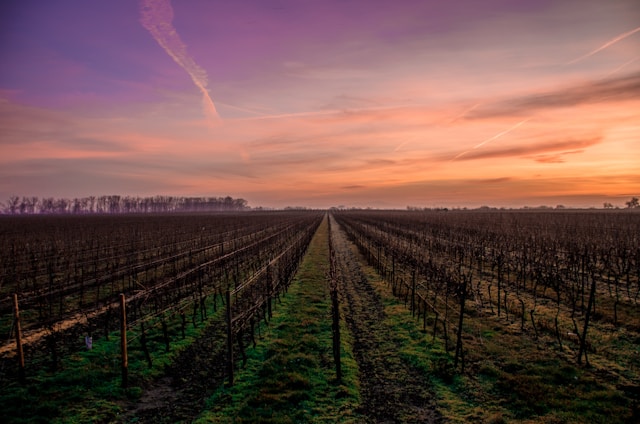
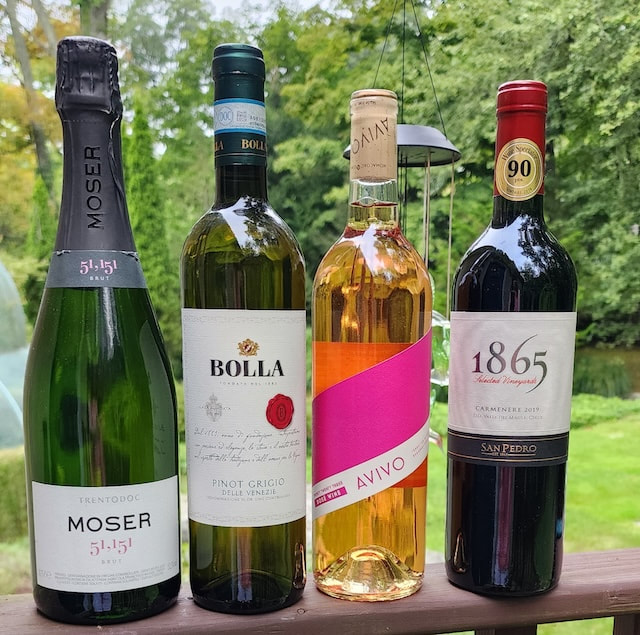
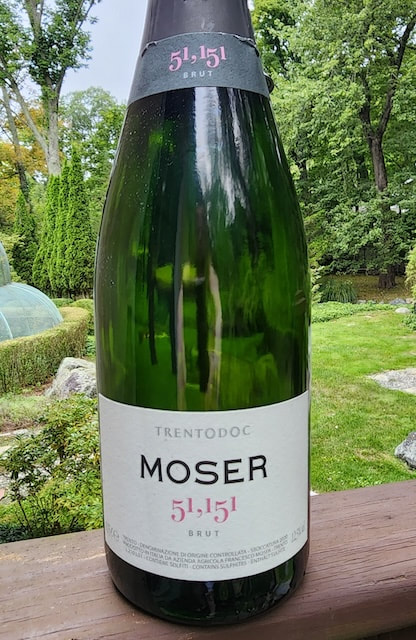
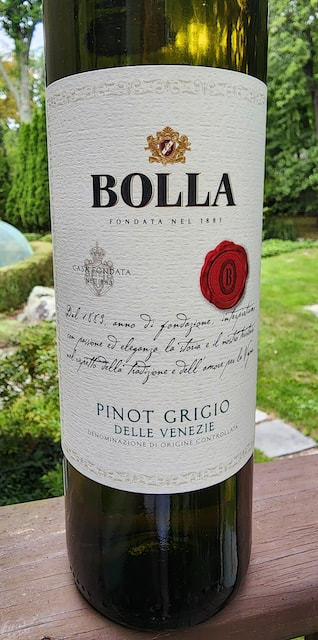

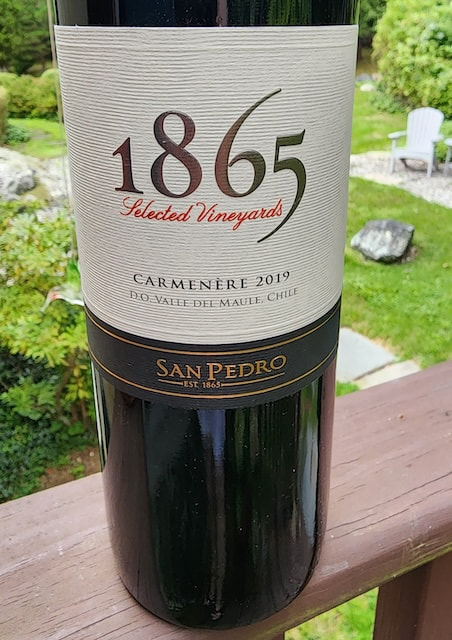
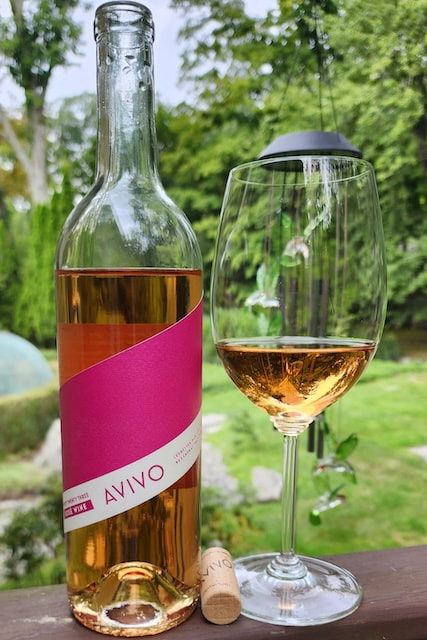
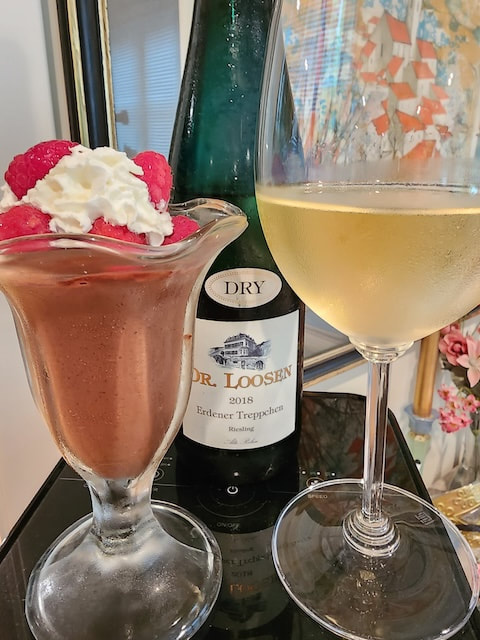
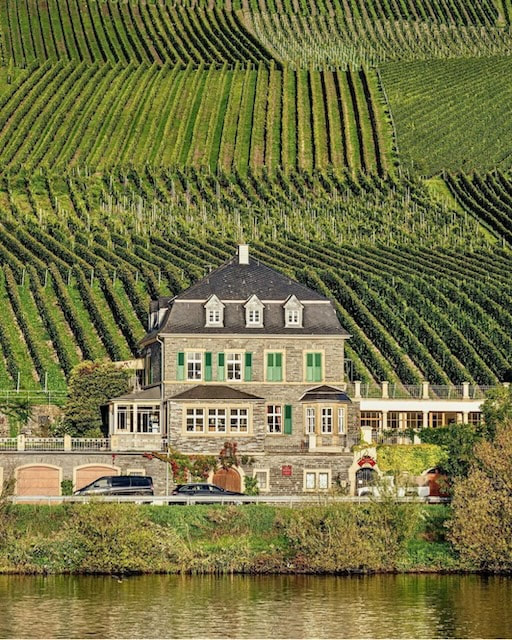
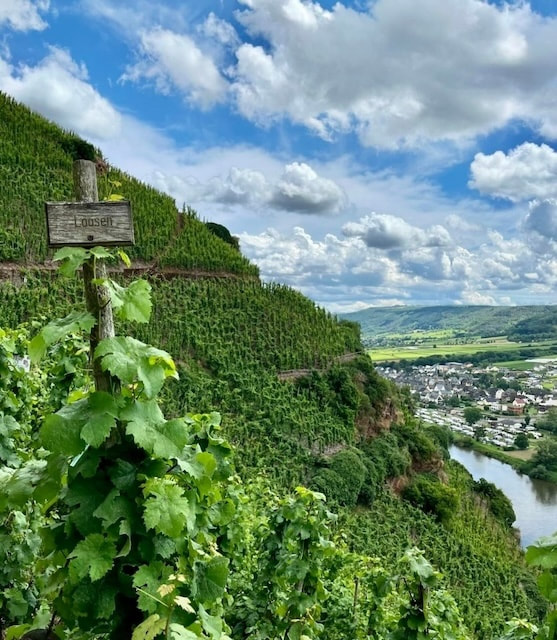

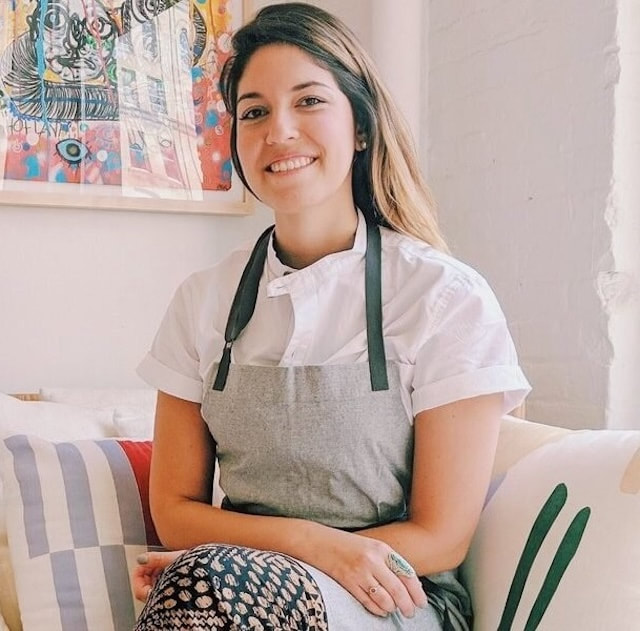
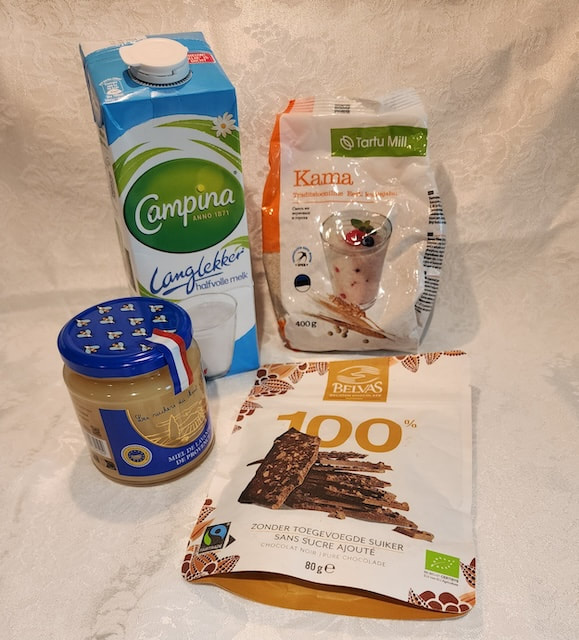
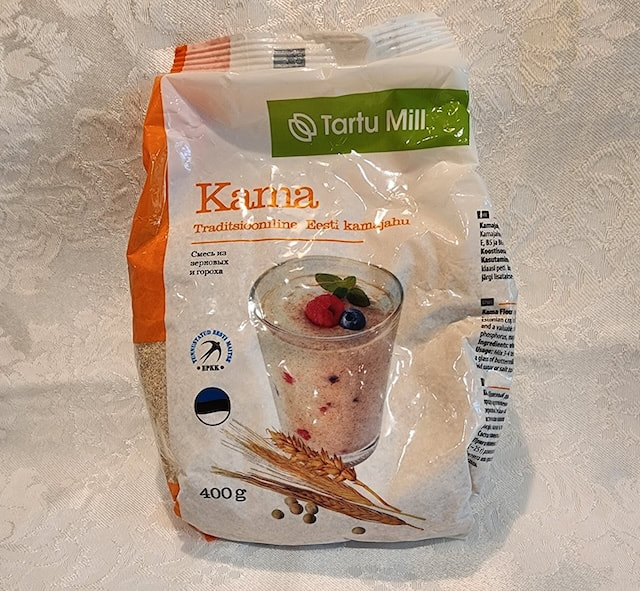
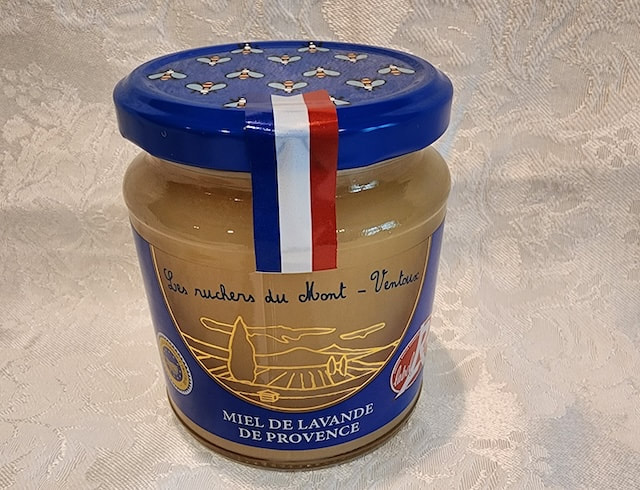
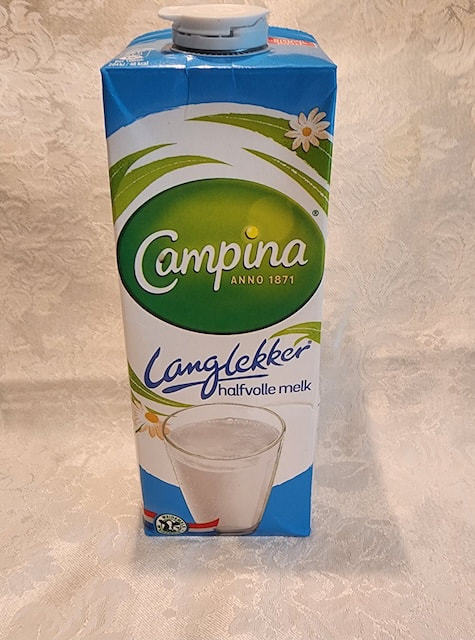
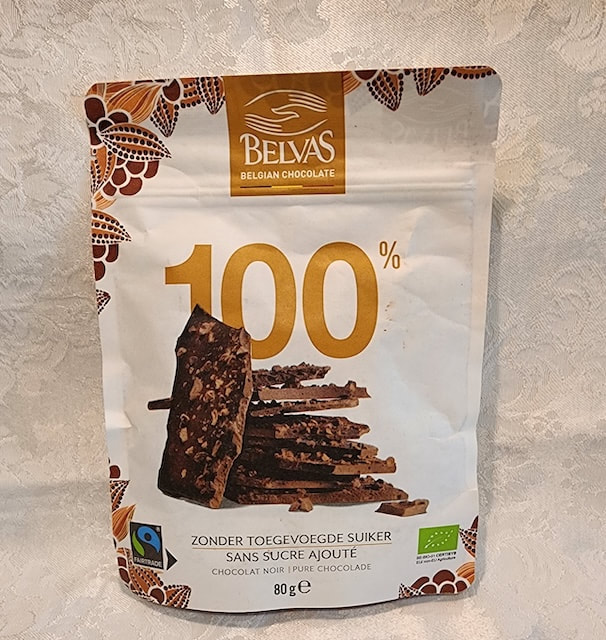
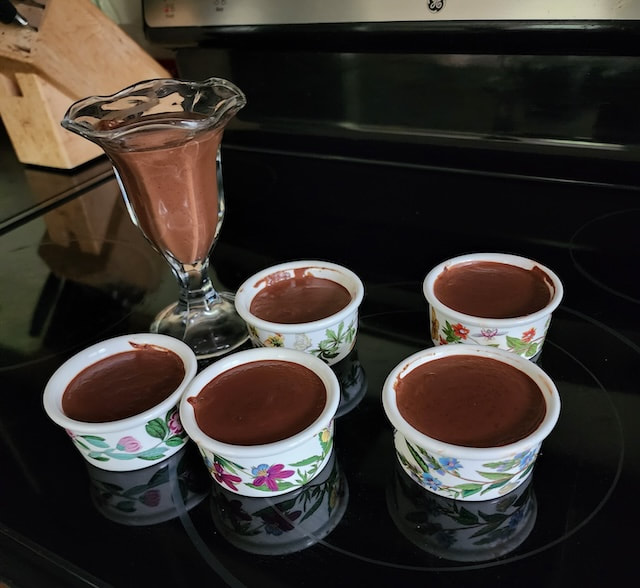
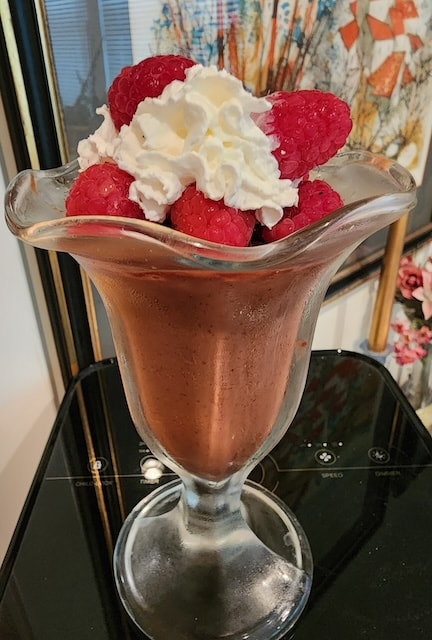
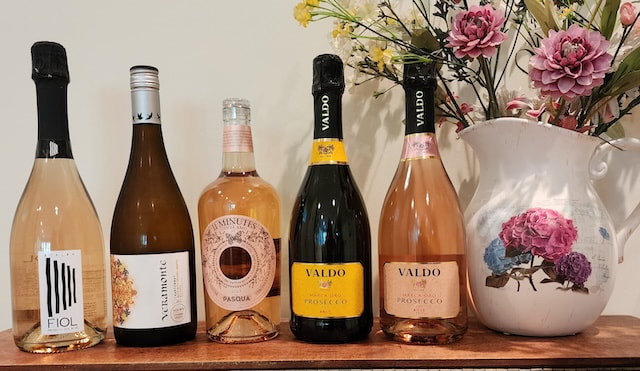
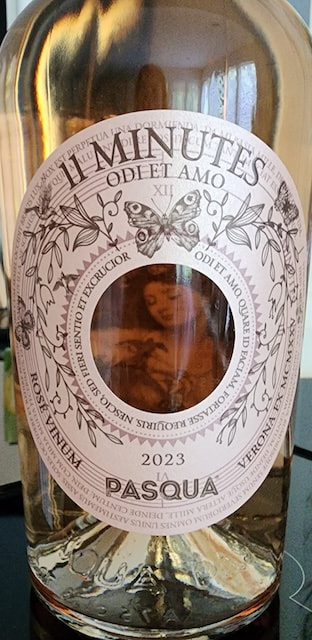


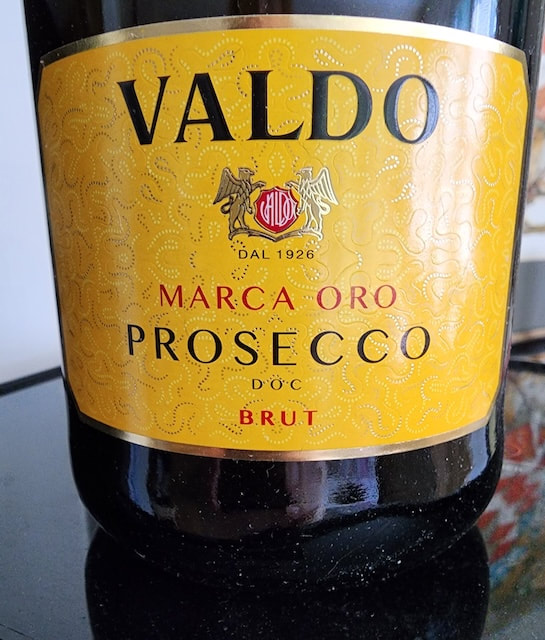
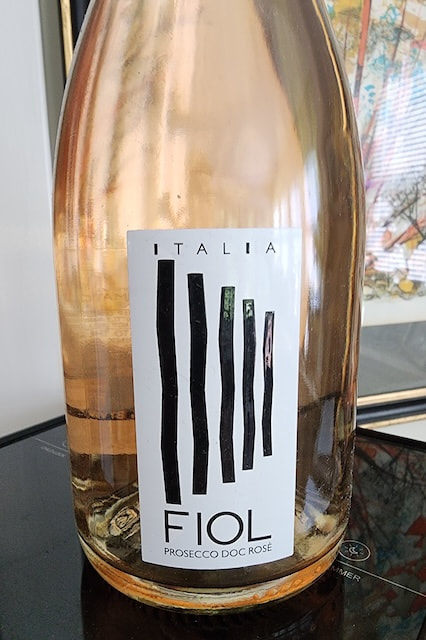
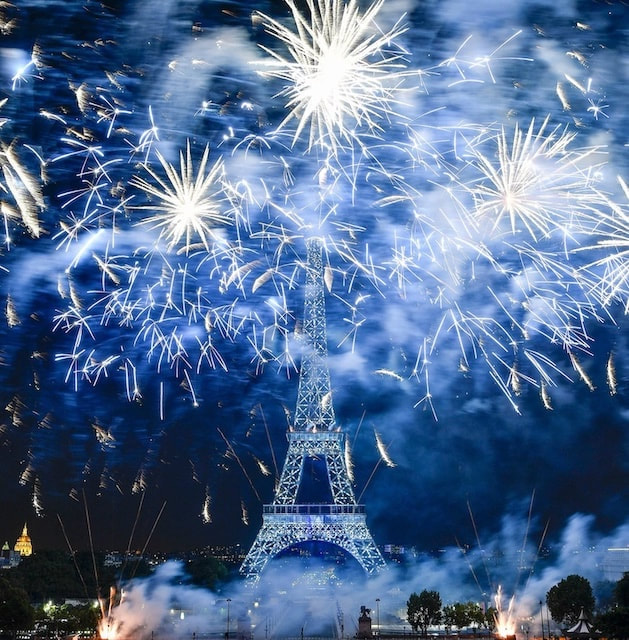
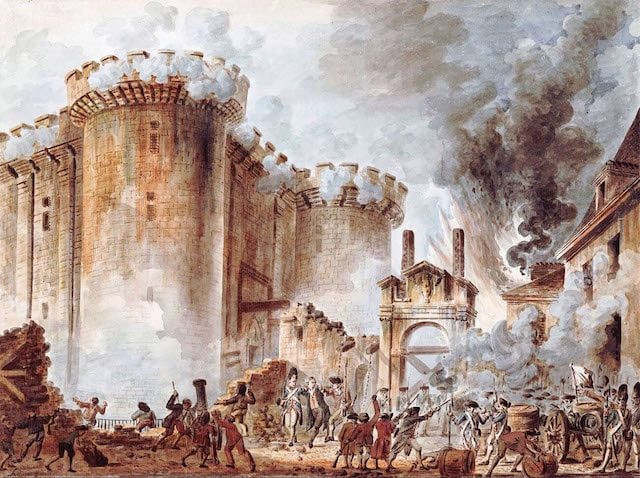
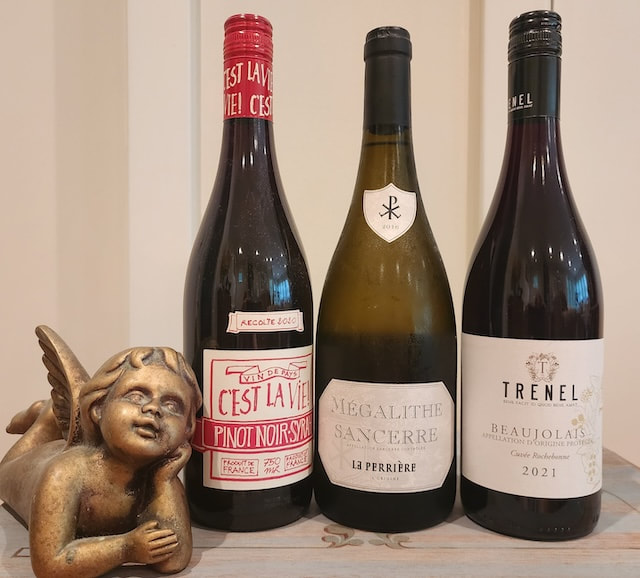
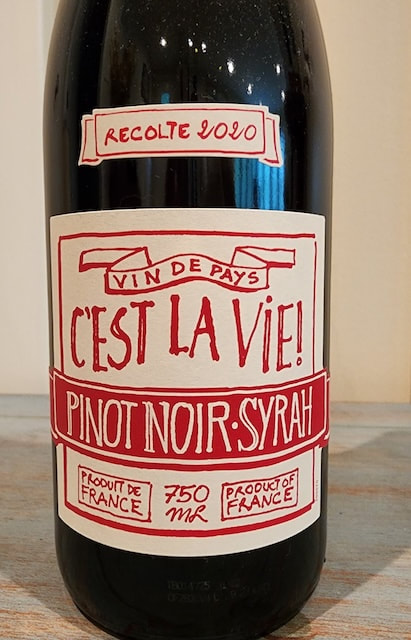

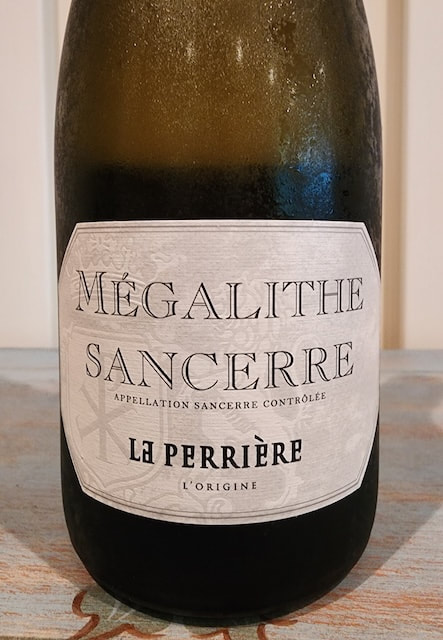
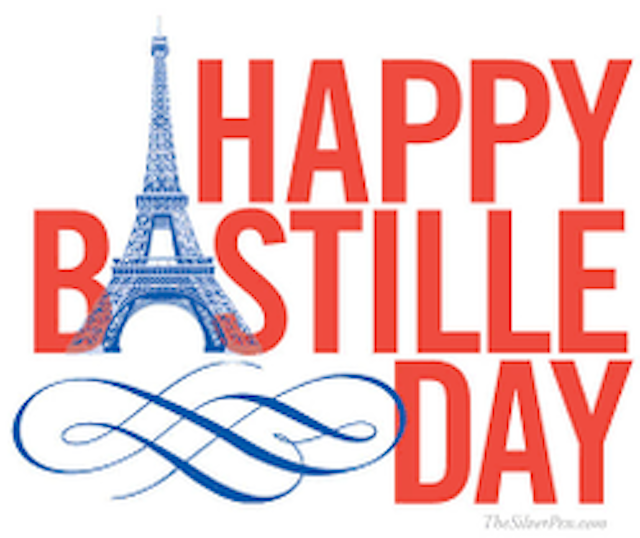
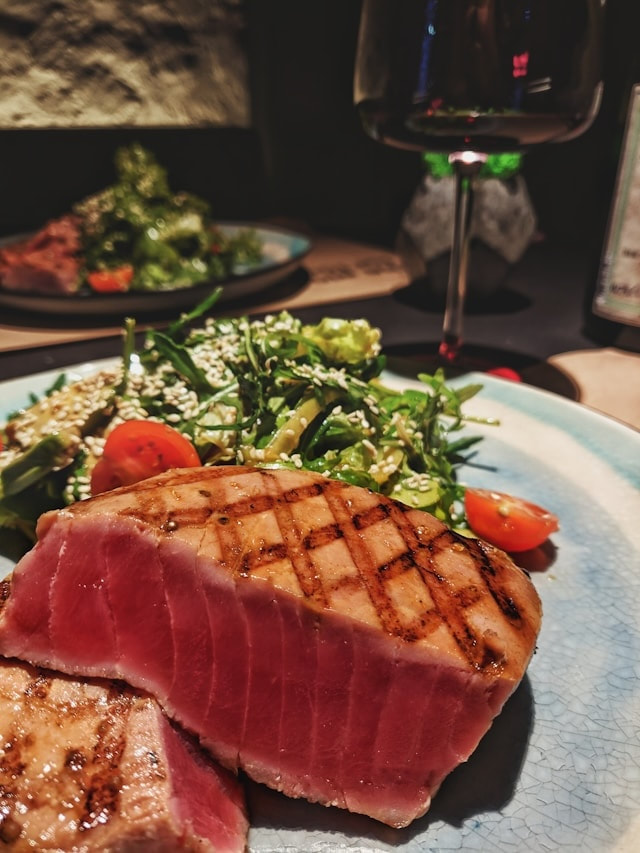
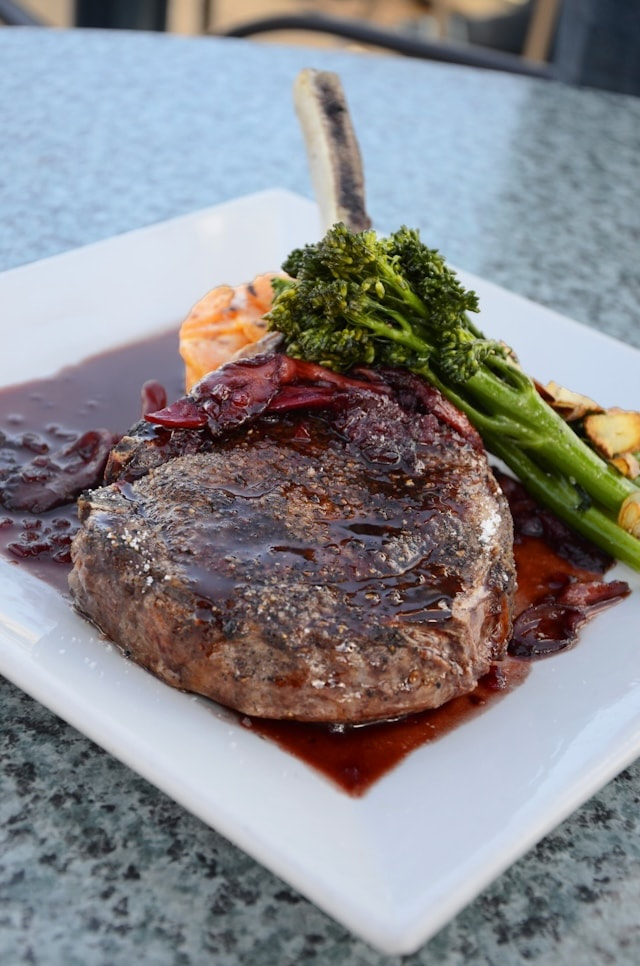
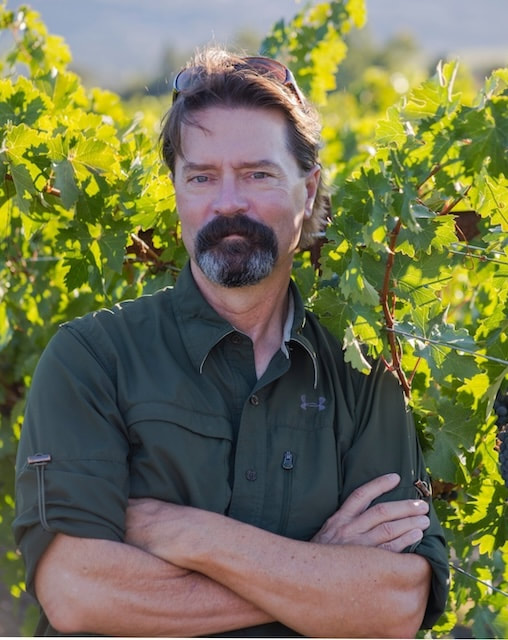

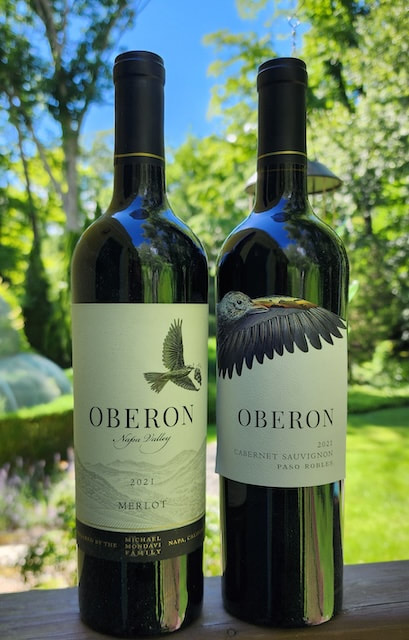
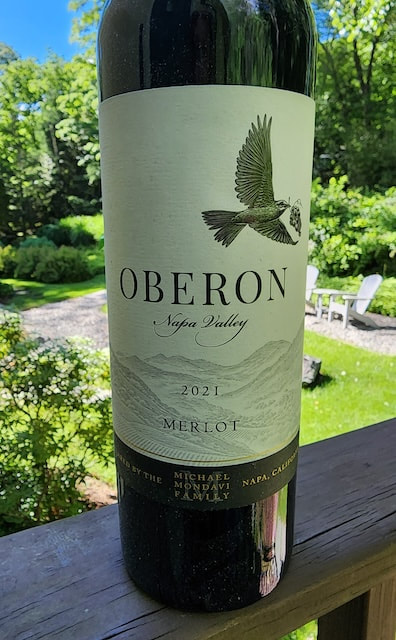
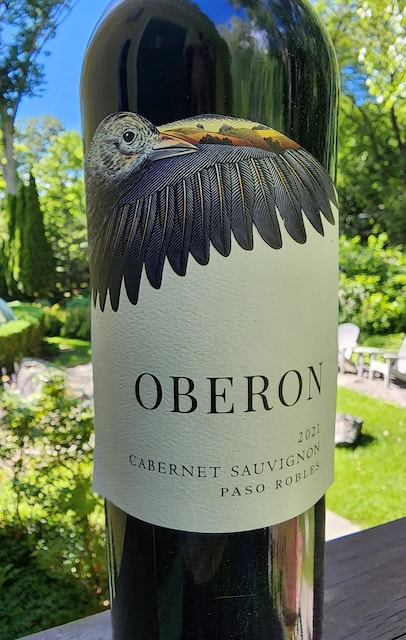
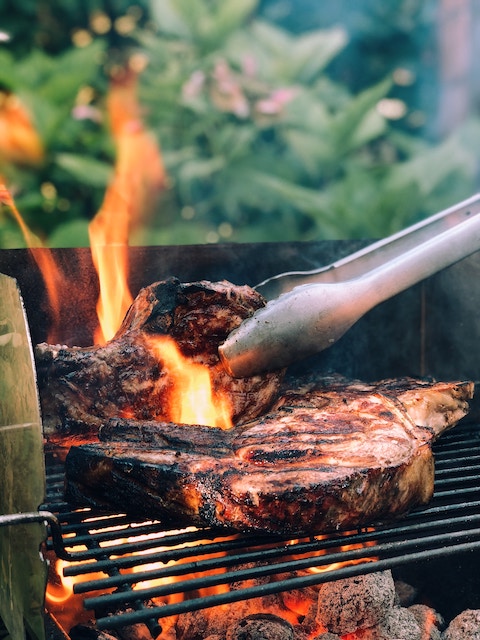
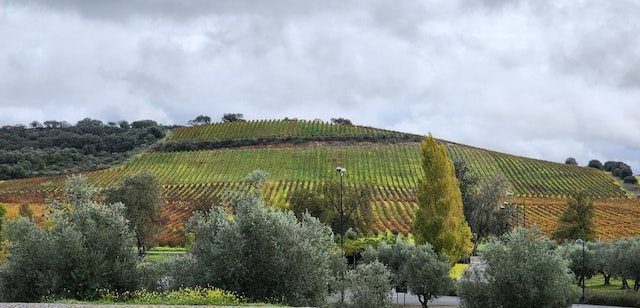
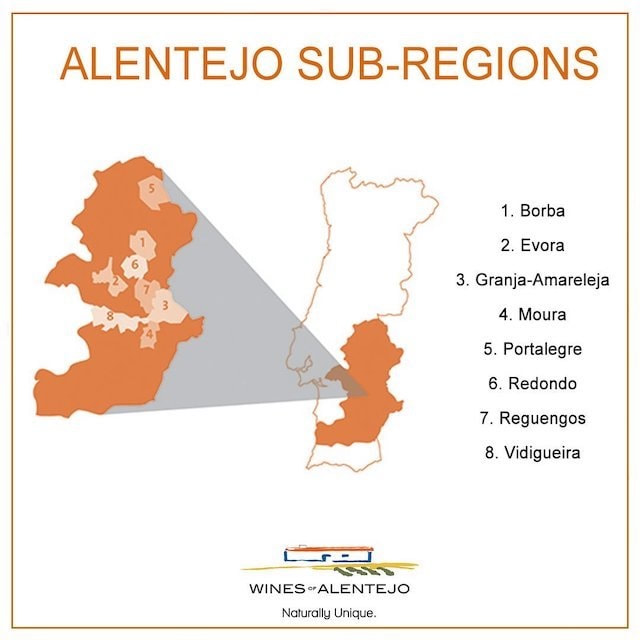
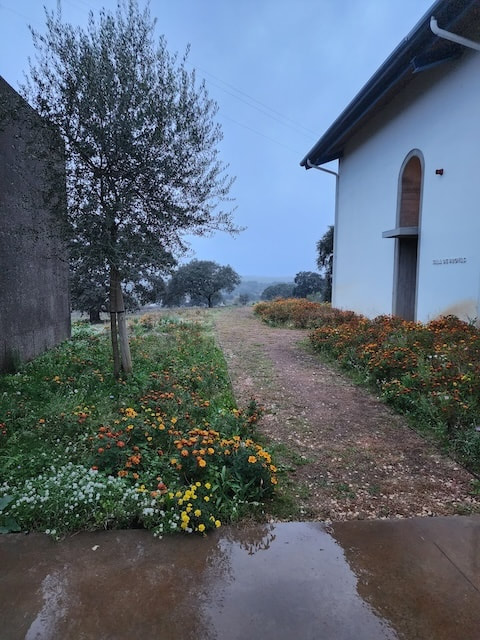
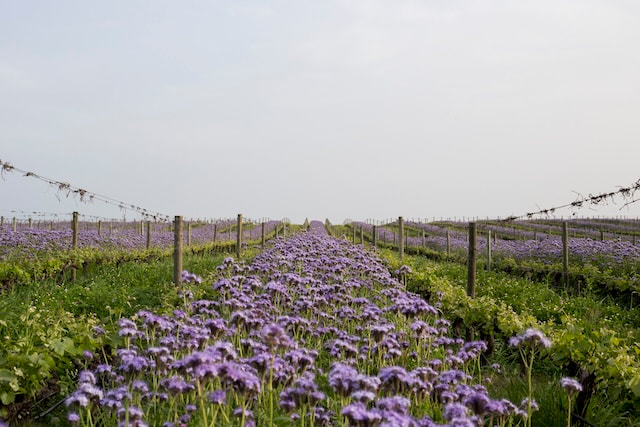
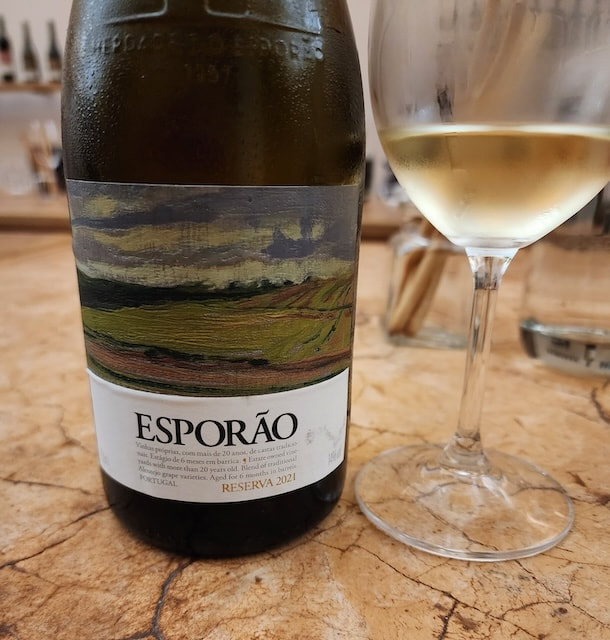
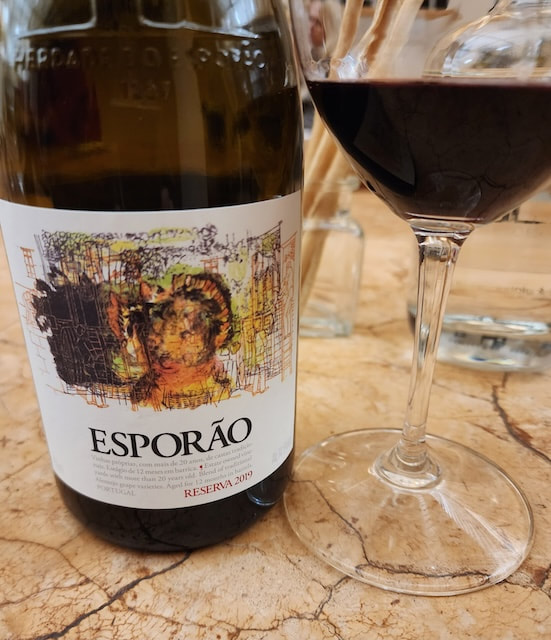
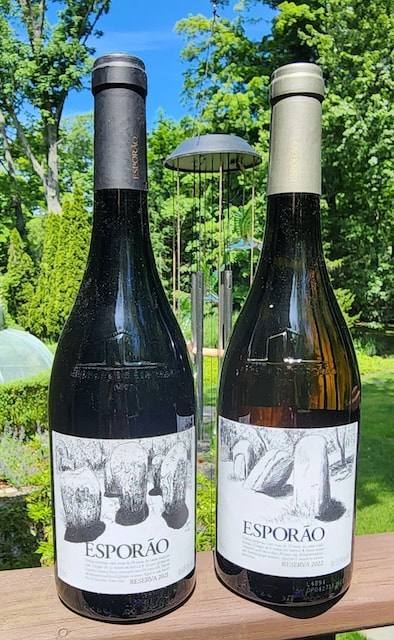
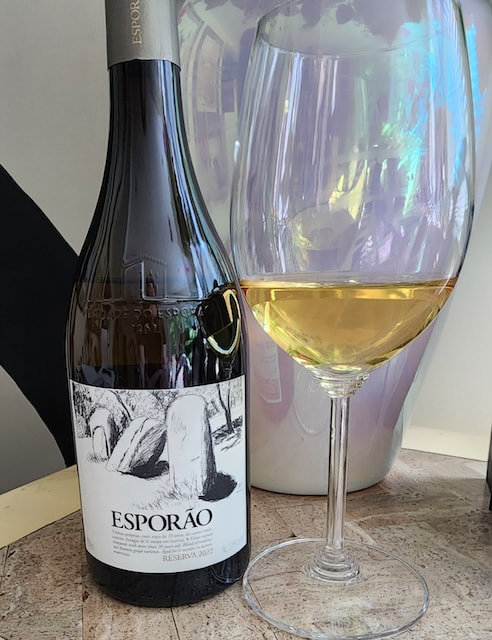
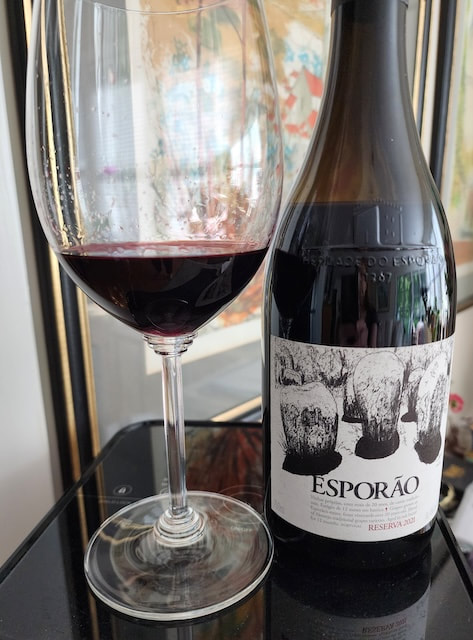
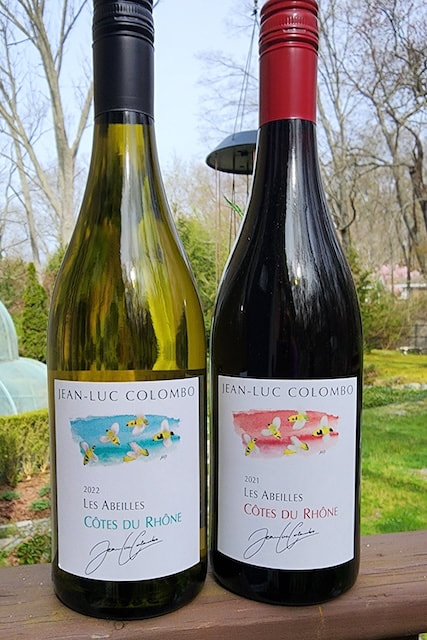
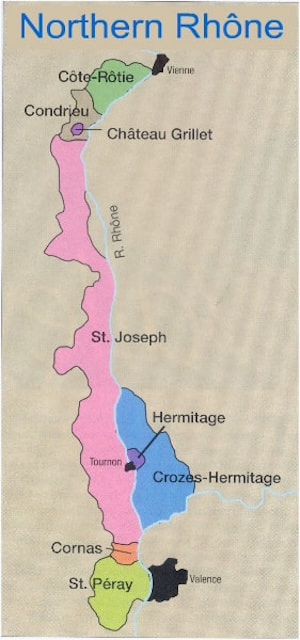
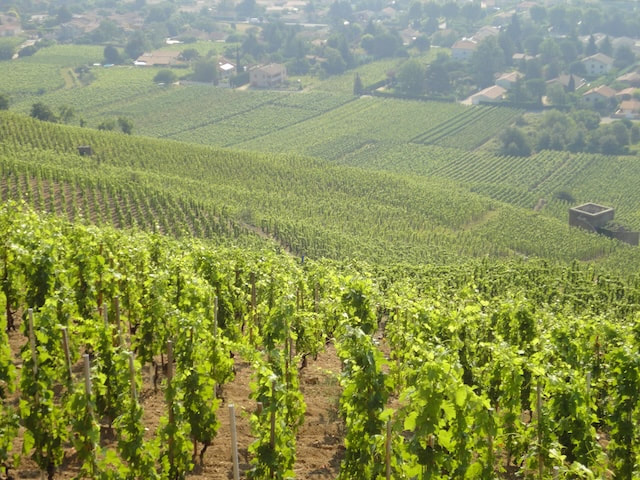
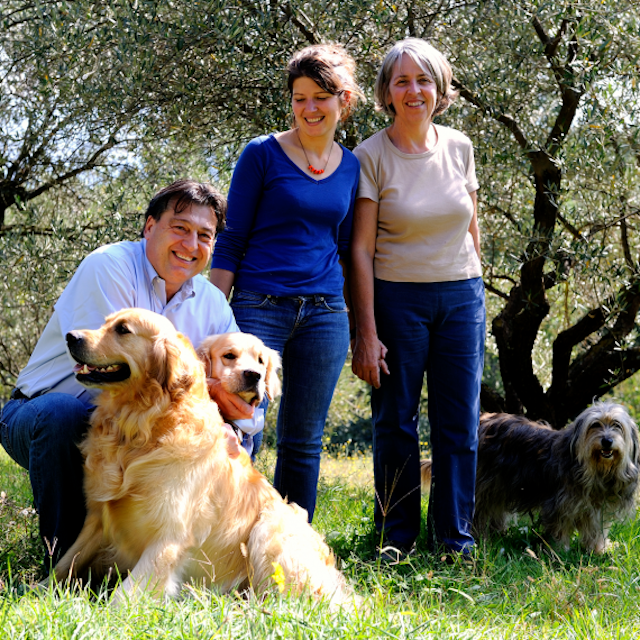
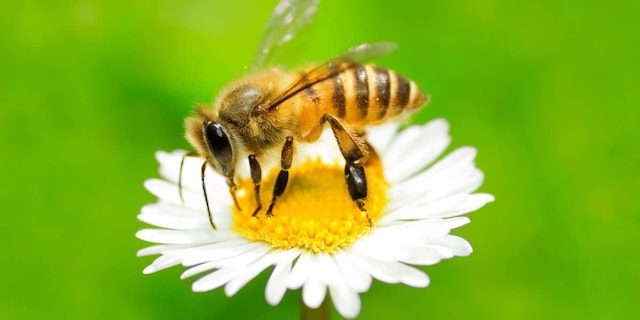
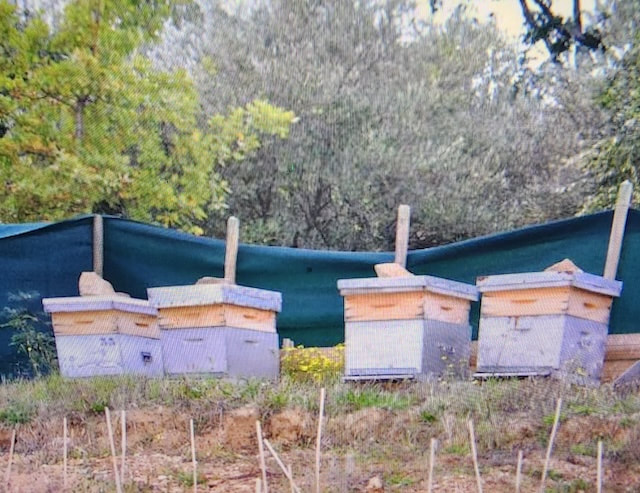
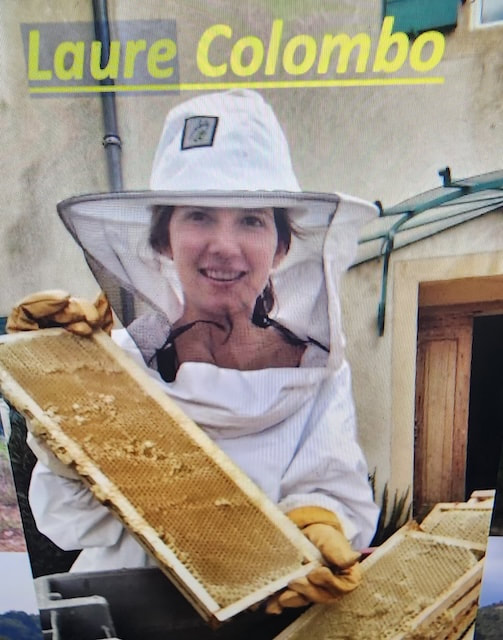
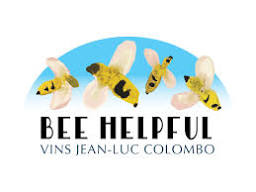
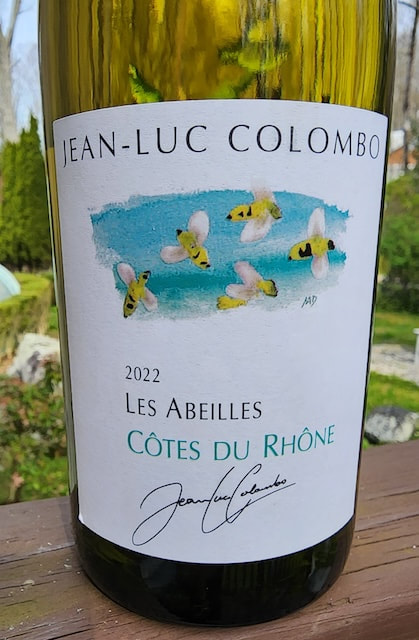
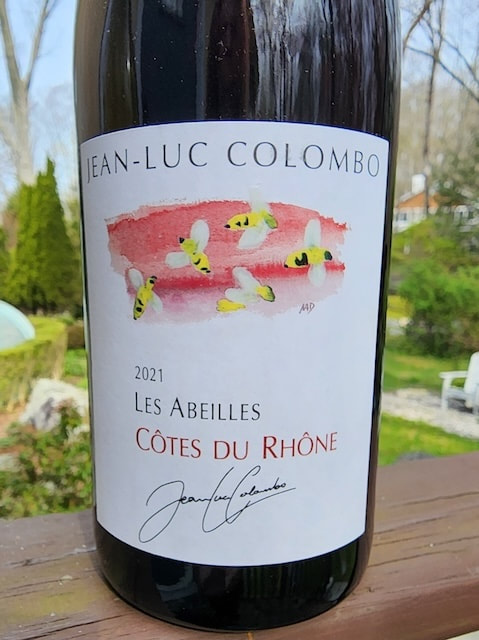
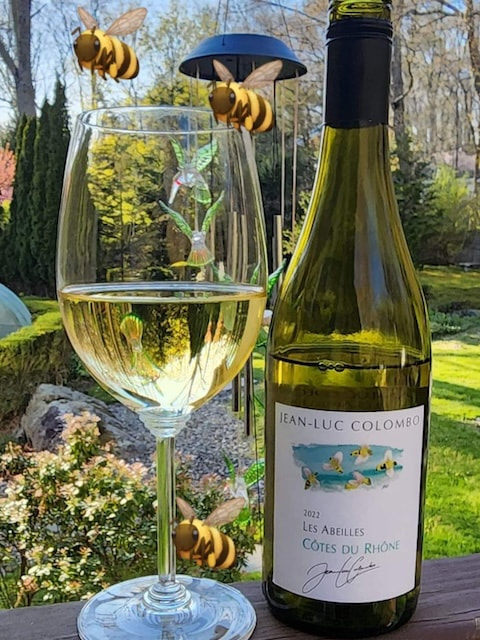
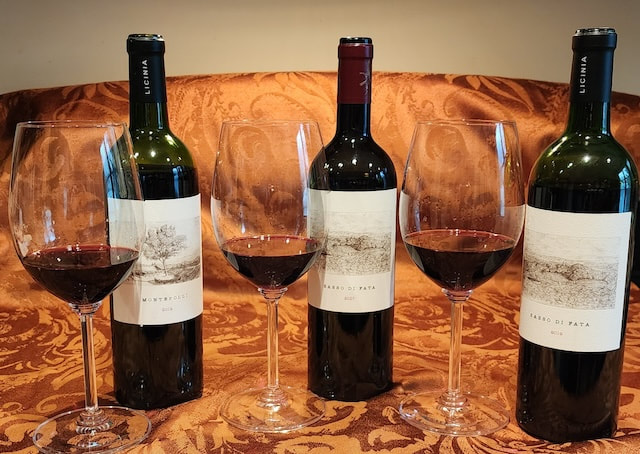
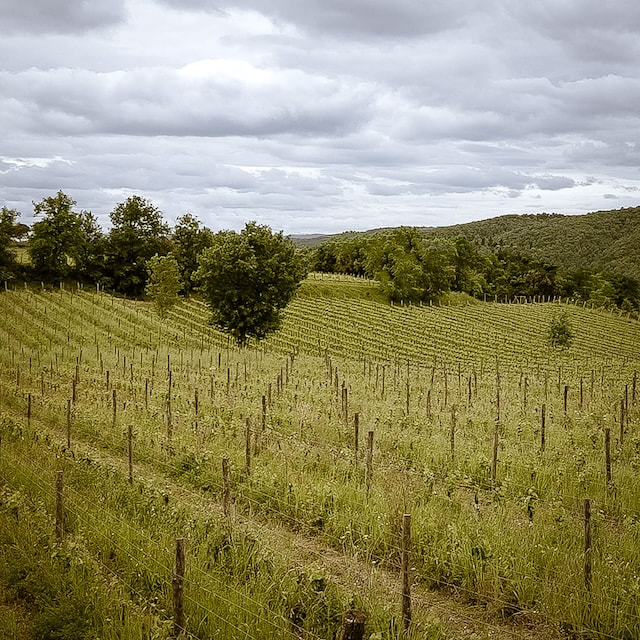
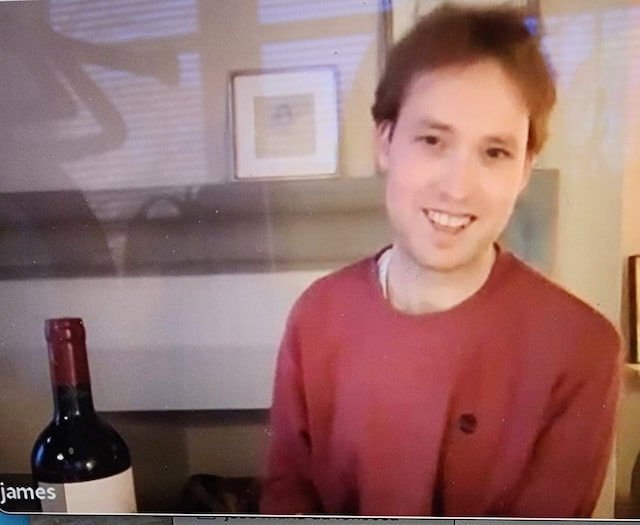
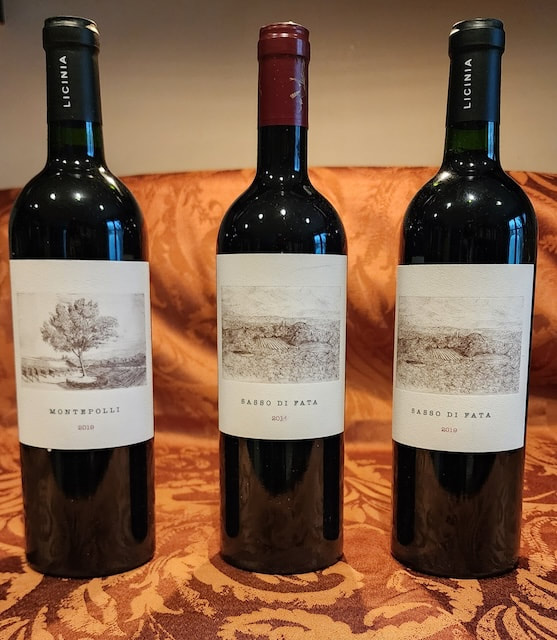
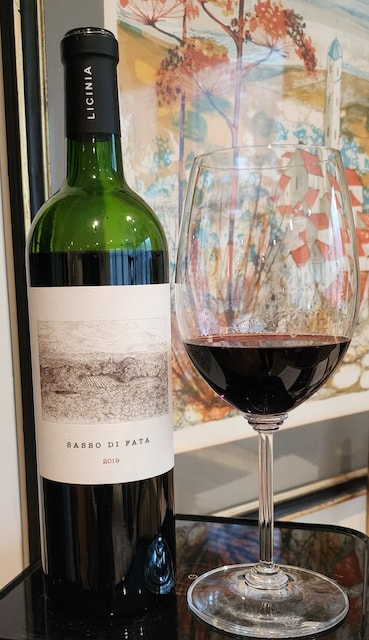
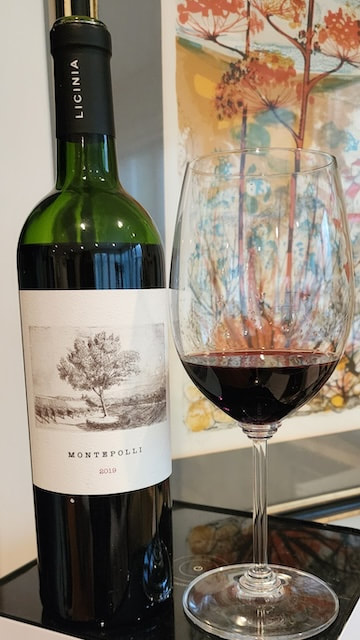

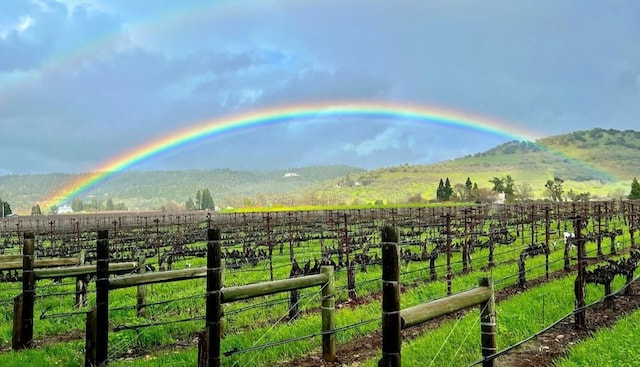
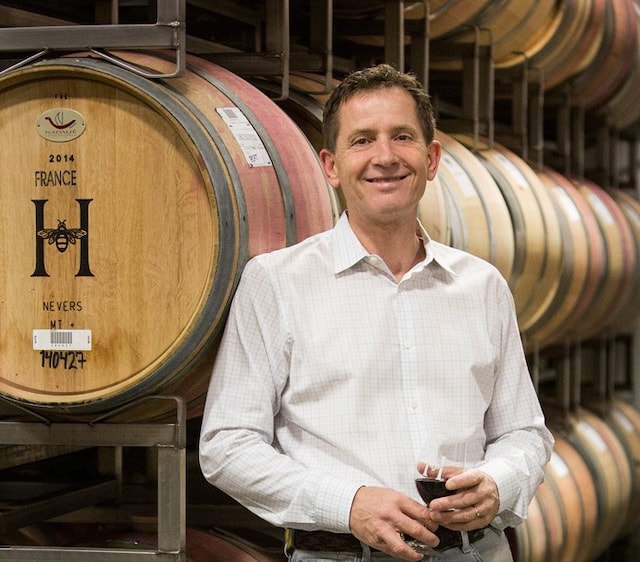
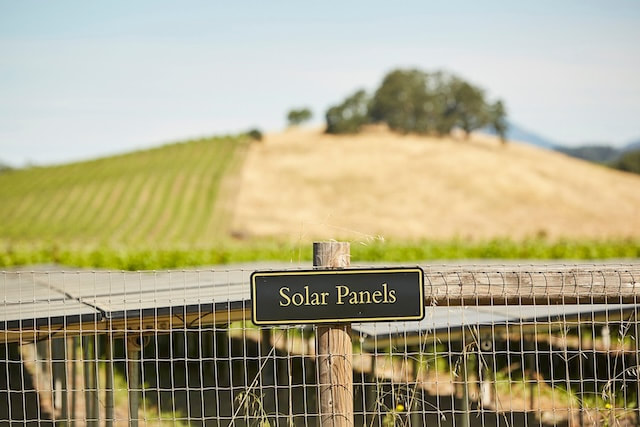

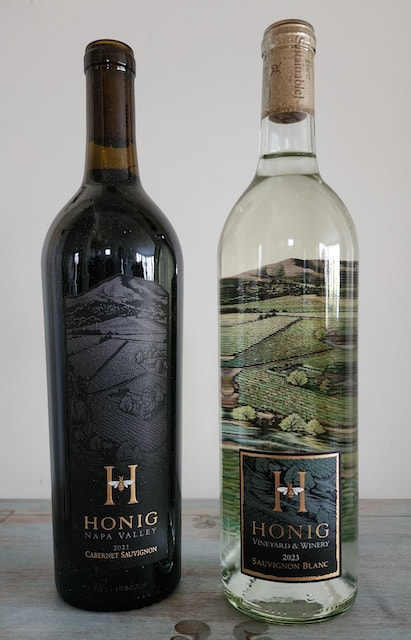
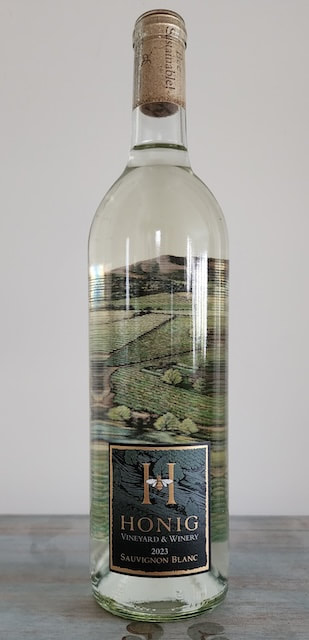
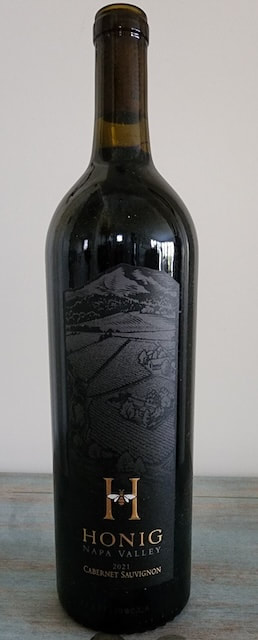
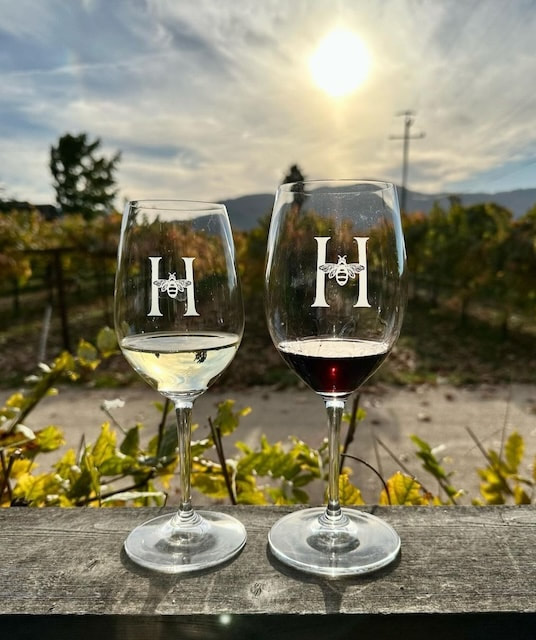
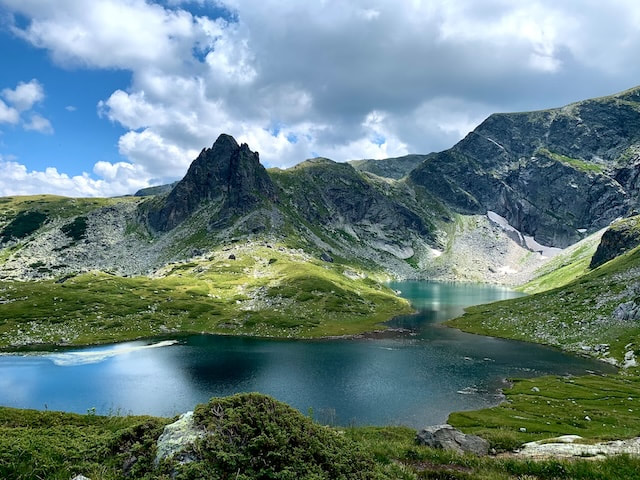
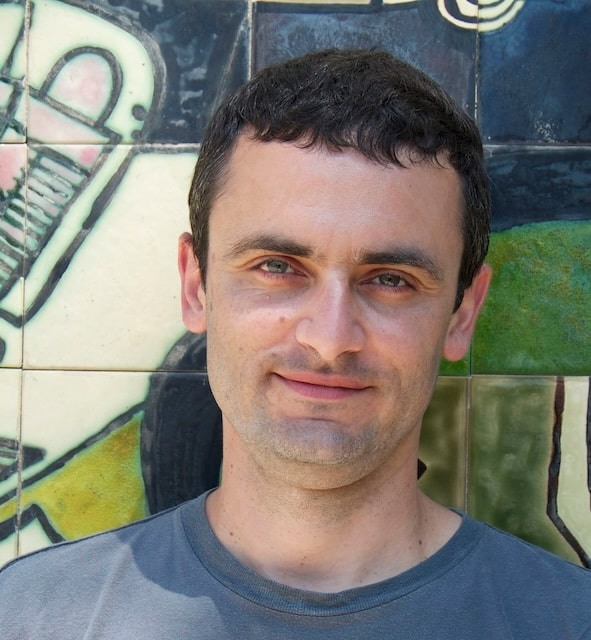
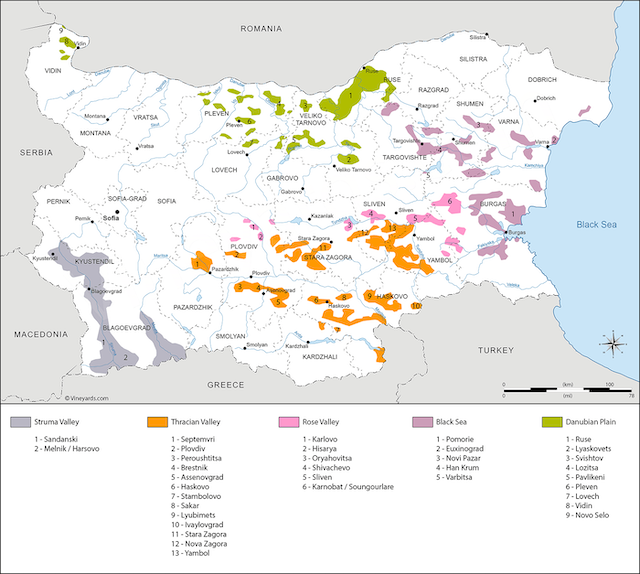
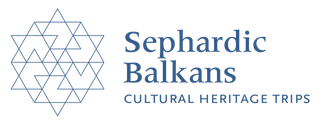
 RSS Feed
RSS Feed